Nvidia GeForce Now to offer daily rates starting at $3.99 — plus RTX game updates, more AI, G-Sync and more at CES 2024
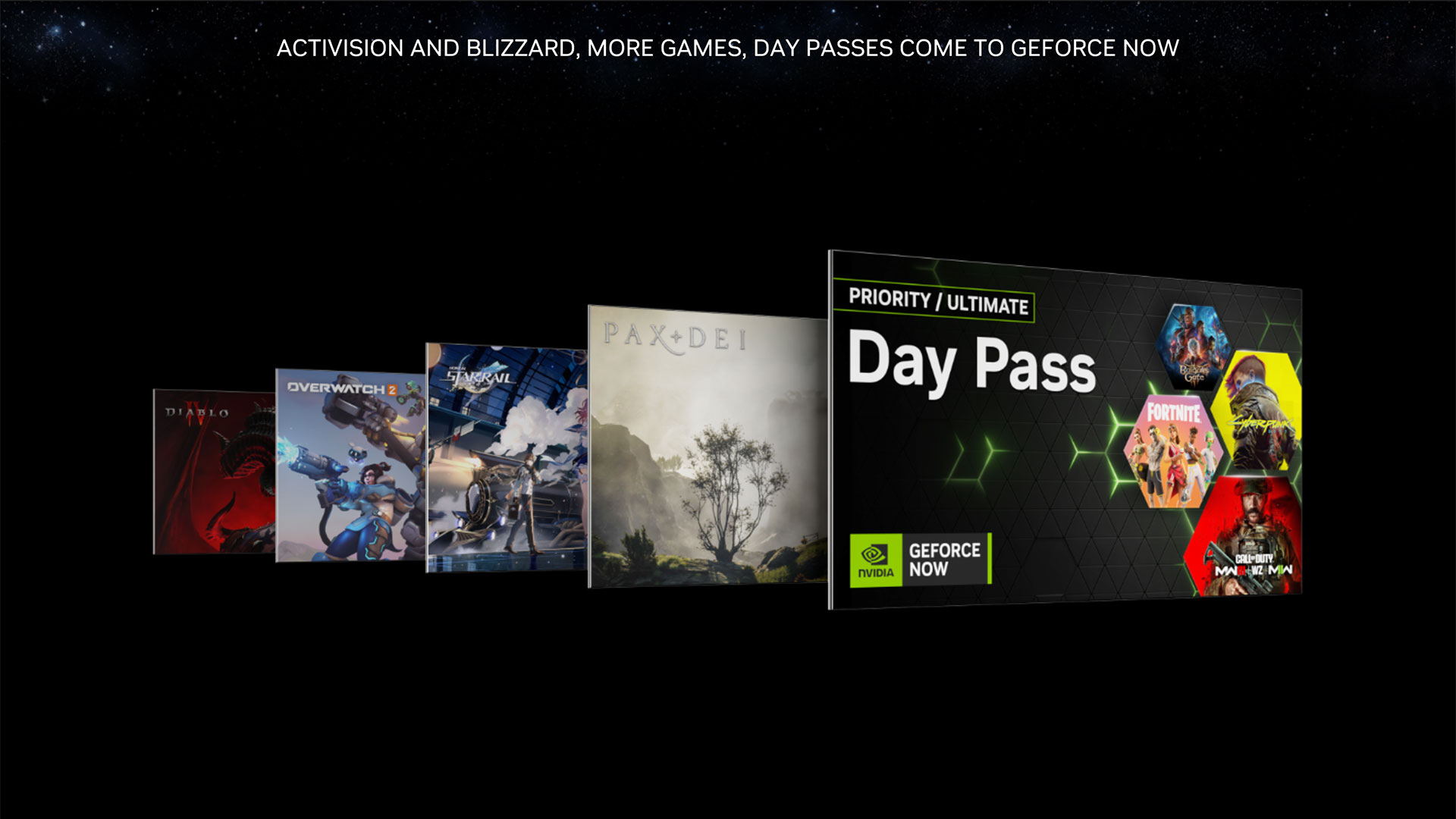
Nvidia revealed a host of gaming and technology updates during its livestream at CES 2024, including the upcoming RTX 40-series Super models, new daily pass options for GeForce Now, even more ubiquitous AI, enhanced livestreaming tools, and a new Alienware 4K 240 Hz G-Sync OLED display. We've got a separate article on the new GPUs, but there's still plenty of new stuff to cover.
GeForce Now gets Ultimate and Priority tier day passes

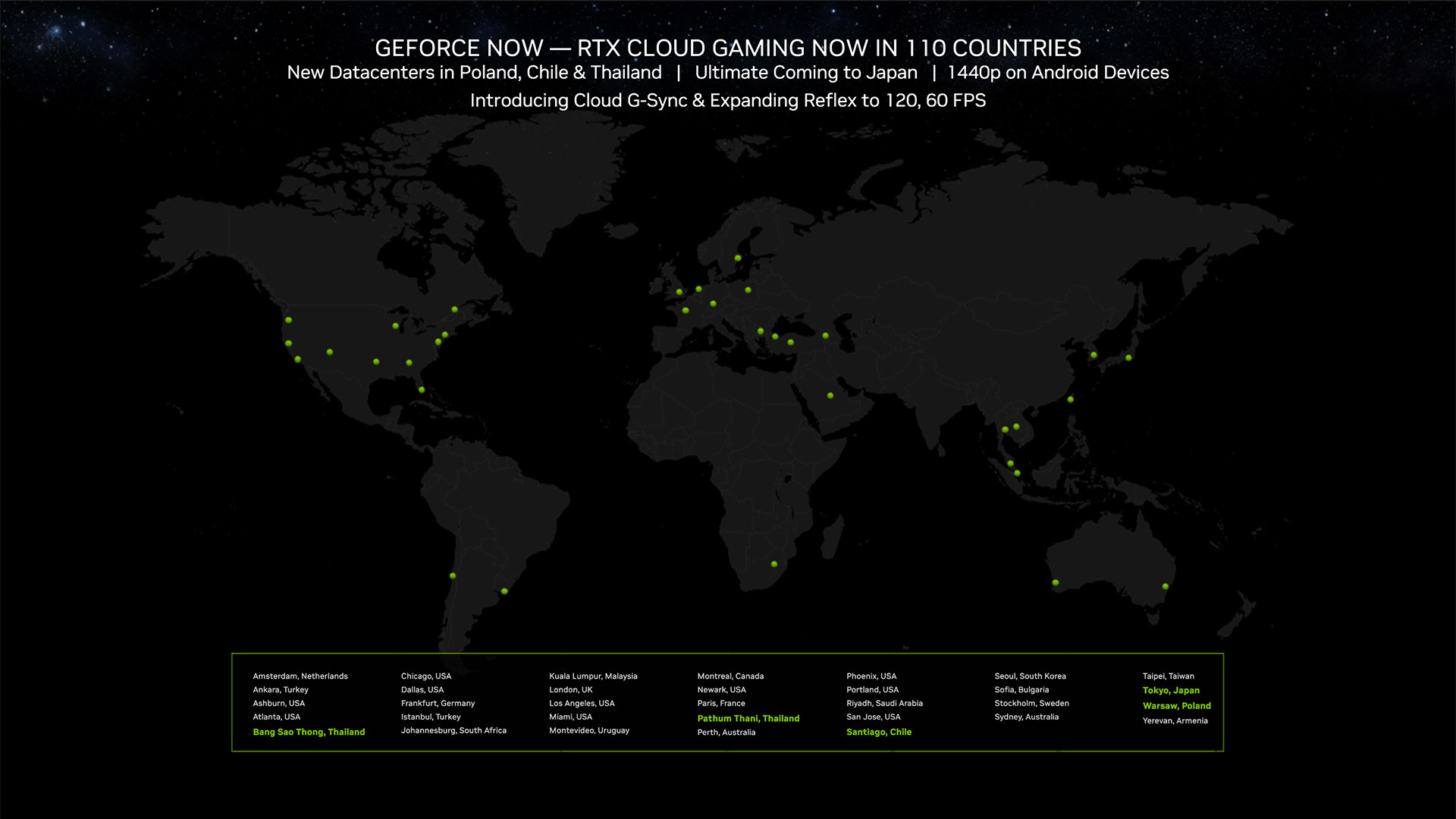
GeForce Now remains one of the best game streaming options, with the Ultimate tier providing access to roughly the equivalent of an RTX 4080 in the cloud for $19.99 per month, or $99.99 if you pay for six months up front — depending on location and server load, you may also end up with an RTX 3080-equivalent. Alternatively, for half that price, the Priority tier gives you access to hardware more in line with the RTX 2080. There's a free option as well, but it's hard to judge the experience of the higher tiers based on the base offering.
If you've been curious about trying out GeForce Now but didn't want to pony up for the full month (or six months, as the monthly memberships are apparently all sold out at the time of writing), Nvidia will now offer a daily pass for the Priority and Ultimate tiers. It's $7.99 for the Ultimate day pass, and $3.99 for the Priority day pass, so a 40% of the cost of a full month. Still, if you only want to try it for a day, it might be worth a look.
Along with the new day pass option, Nvidia notes that it continues to add capacity to its GeForce Now data centers around the world. It's now available in 110 countries, and there's now Cloud G-Sync and expanded Reflex support for lower latency streaming.
Upcoming RTX-enabled Games
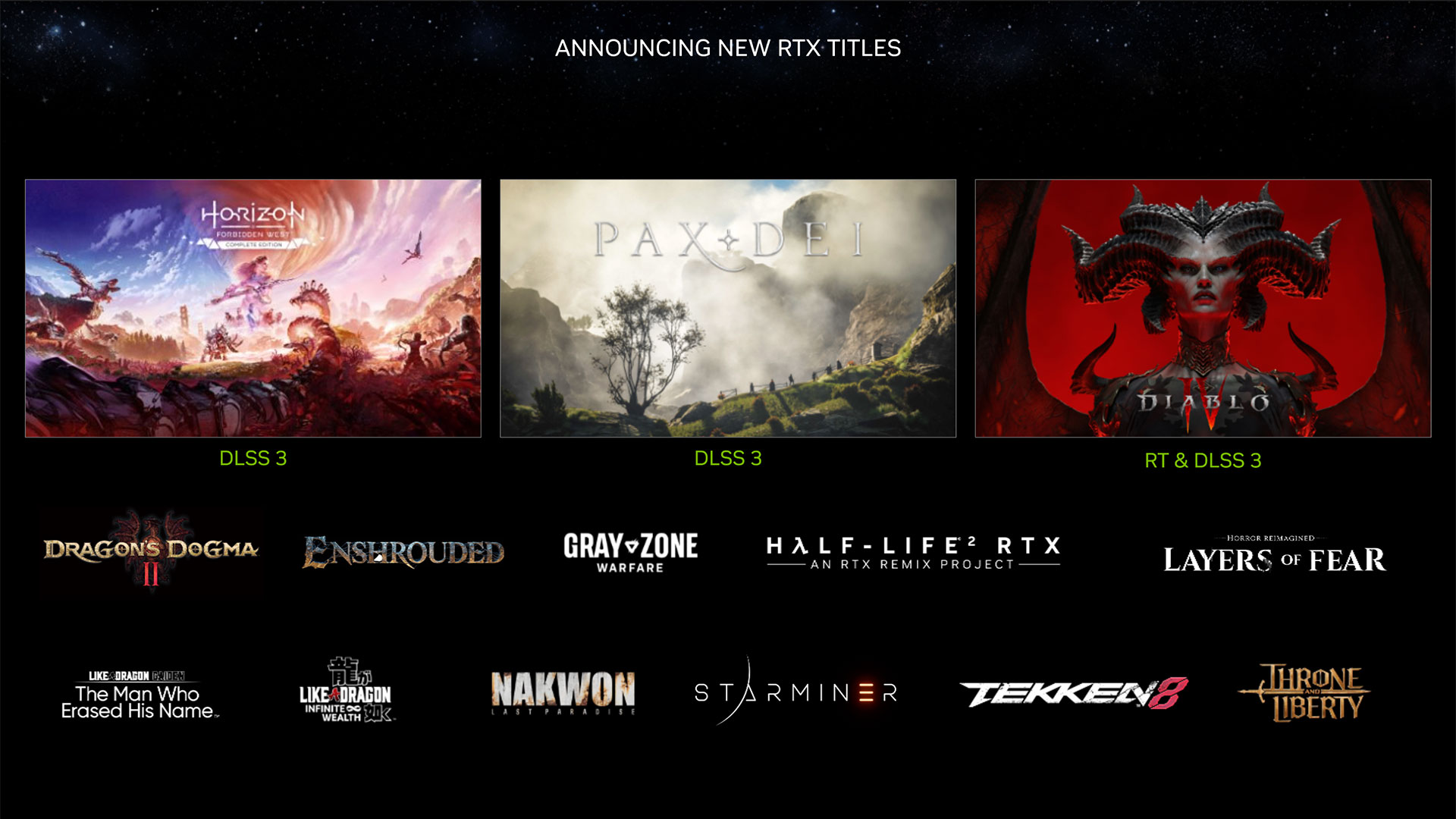

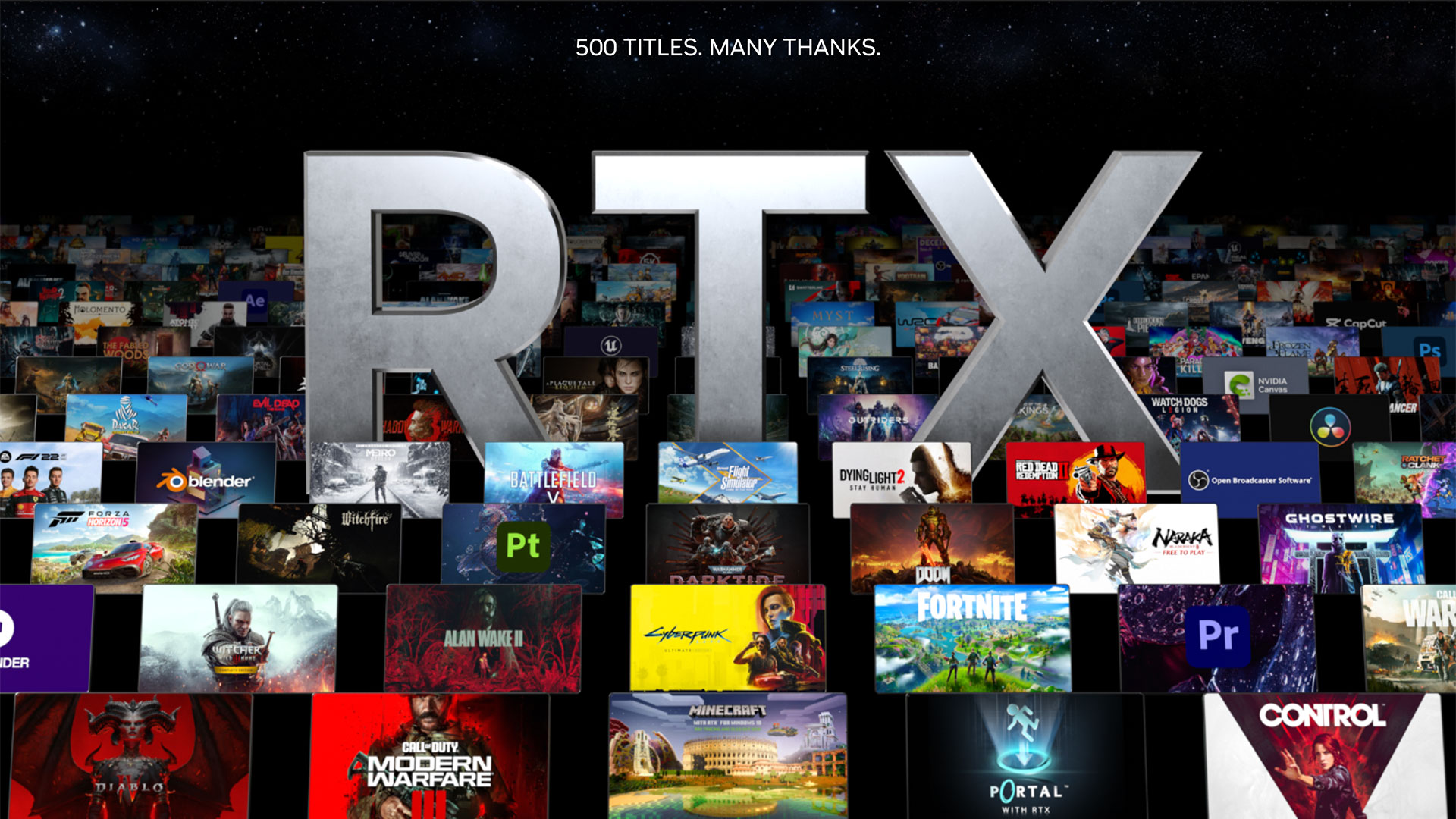
Nvidia recently celebrated reaching the 500 RTX-enabled games and applications milestone, and new games keep coming. There are two major names on the list that immediately caught our attention. First, Diablo IV will finally get official ray tracing support — it's been possible to enable the feature by editing the configuration files, though it's not clear if that's the same as what will soon be available. The game will include RT shadows and reflections, and you can expect the usual performance hit when they're enabled.
The other big news is that the RTX Remix tools will enter open beta on January 22. This is the same toolset that was used to create Portal RTX and Portal Prelude RTX, and it's currently being used to create the Half-Life 2 RTX remix. Sadly, the last is likely still far from being anywhere near complete, though Nvidia teased us with another slide showing the work in progress.
All told, 14 new RTX games were announced, though dates for the RTX (read: DLSS and/or ray tracing) support weren't revealed. Horizon Hidden West: Complete Edition is one of the games, and that currently has an "early 2024" anticipated release date. It will only feature DLSS 3 support, though — no ray tracing enhancements.
More AI, potentially powering NPCs in future games
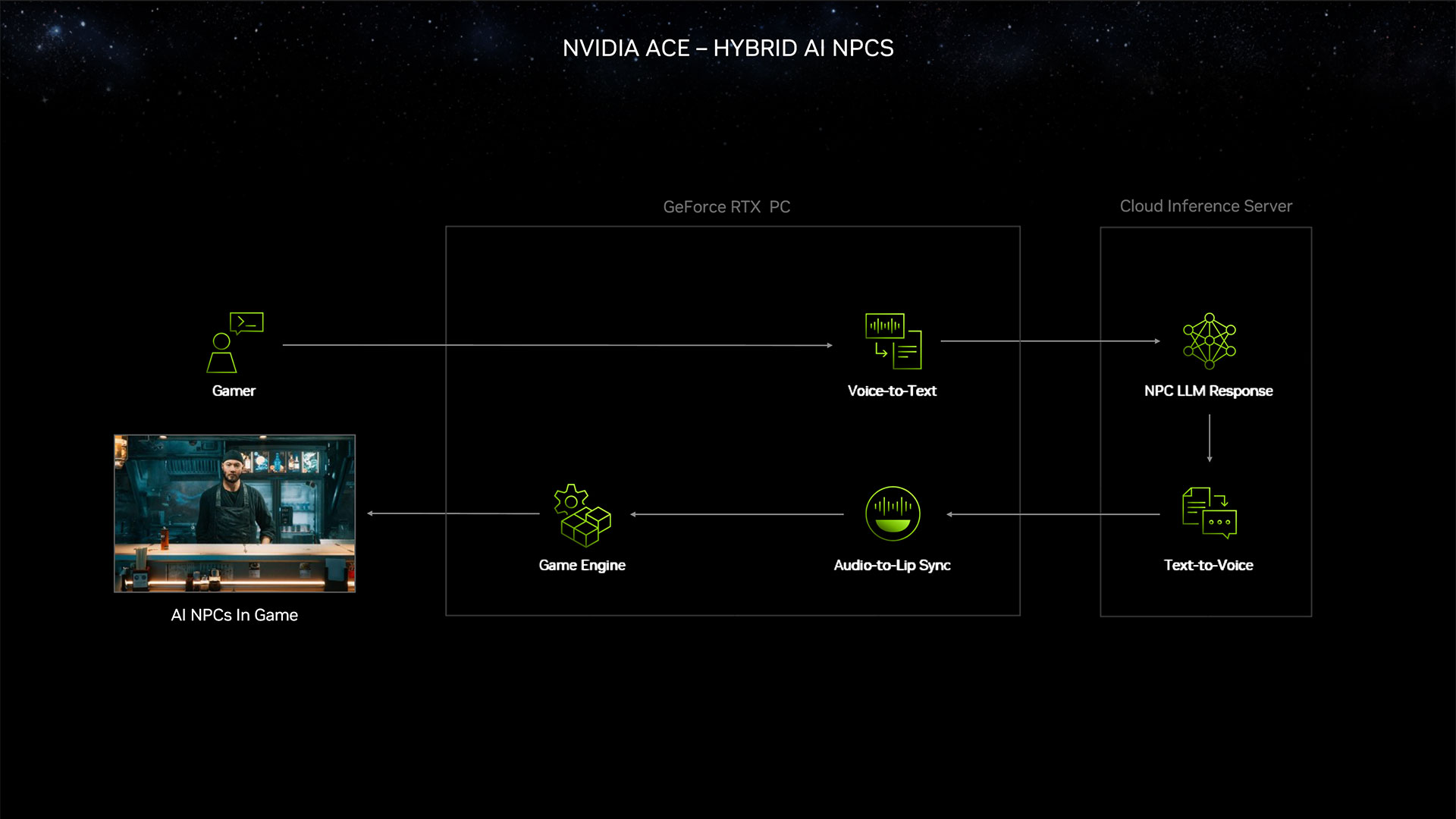
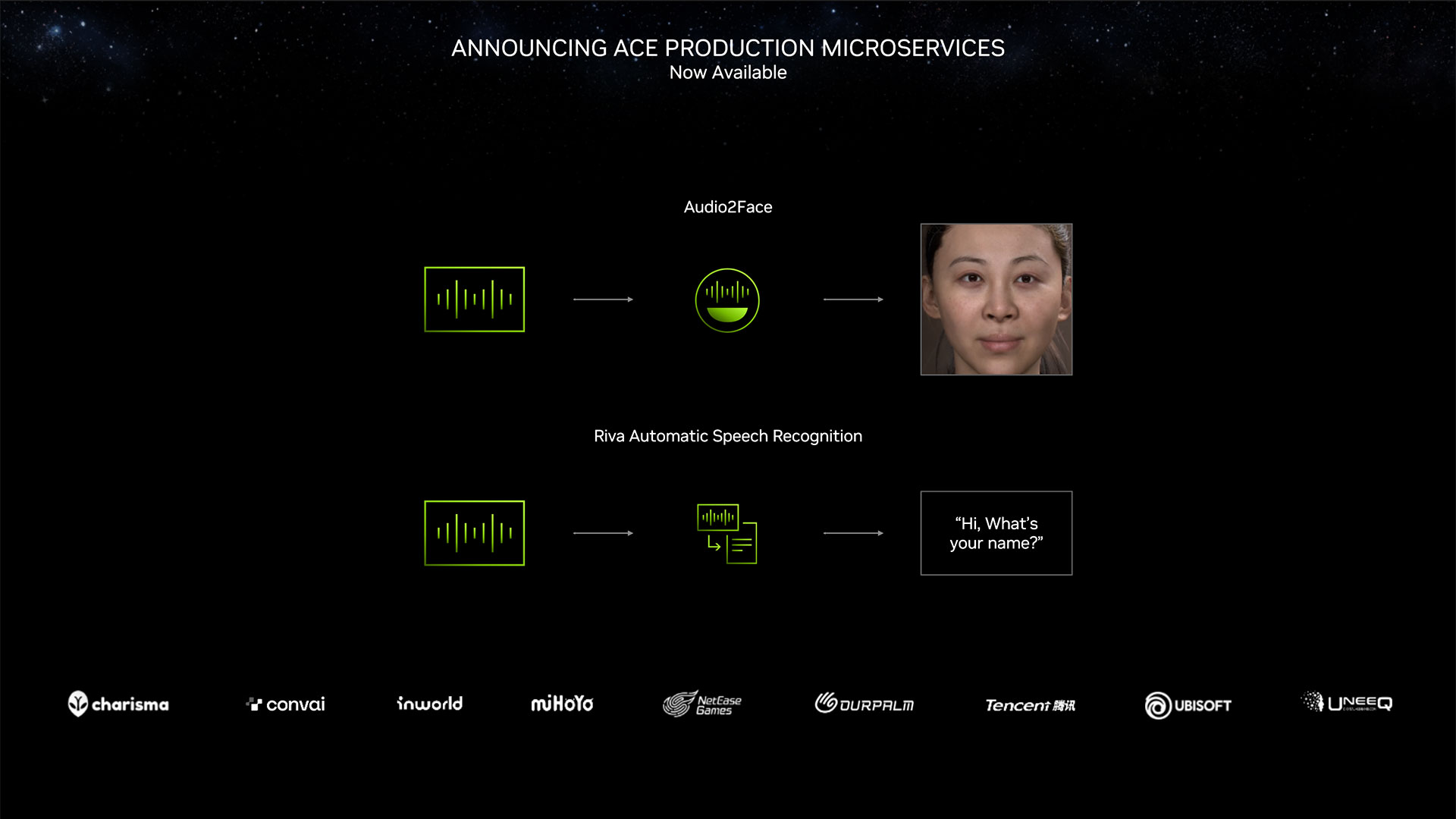

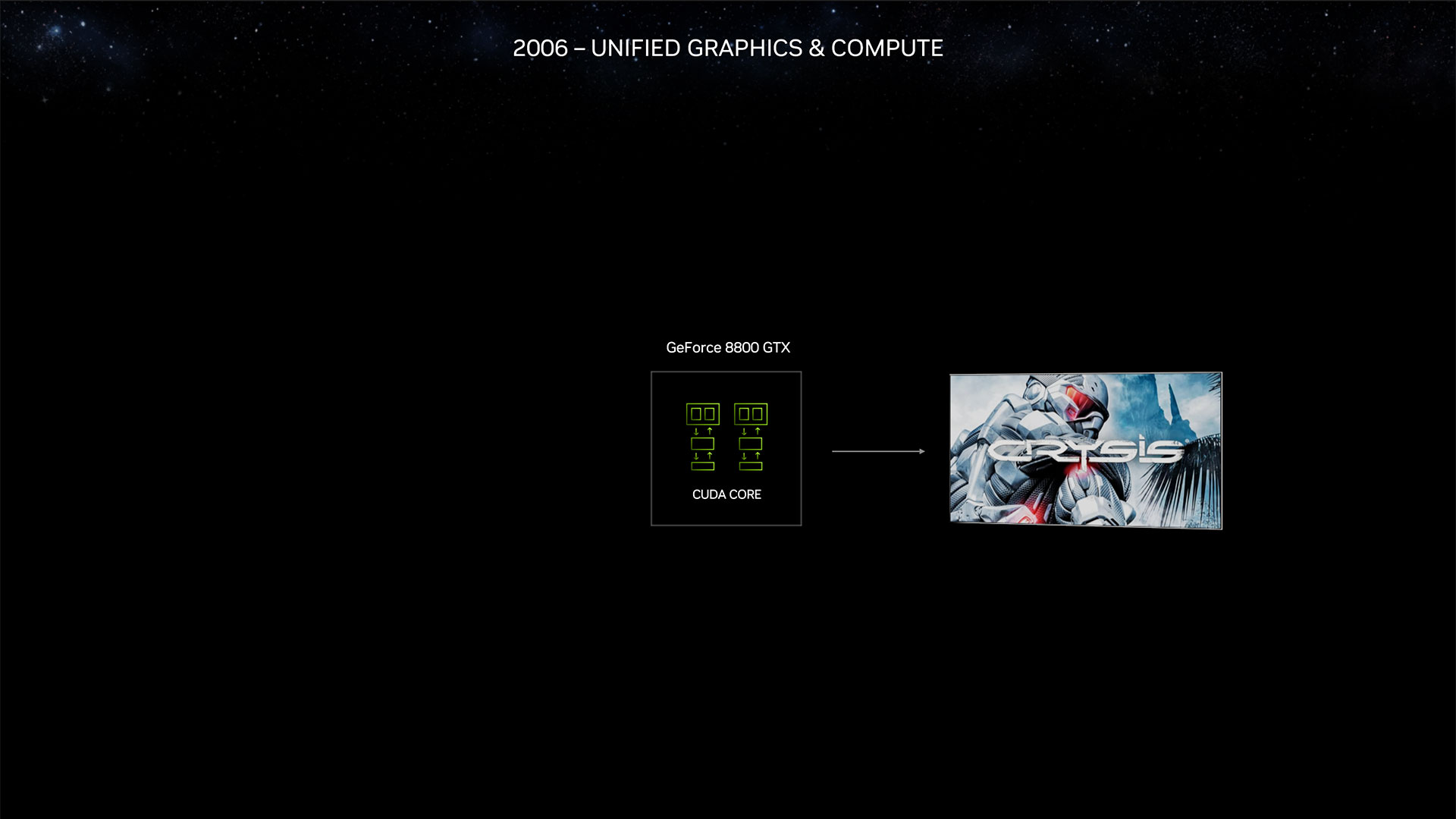
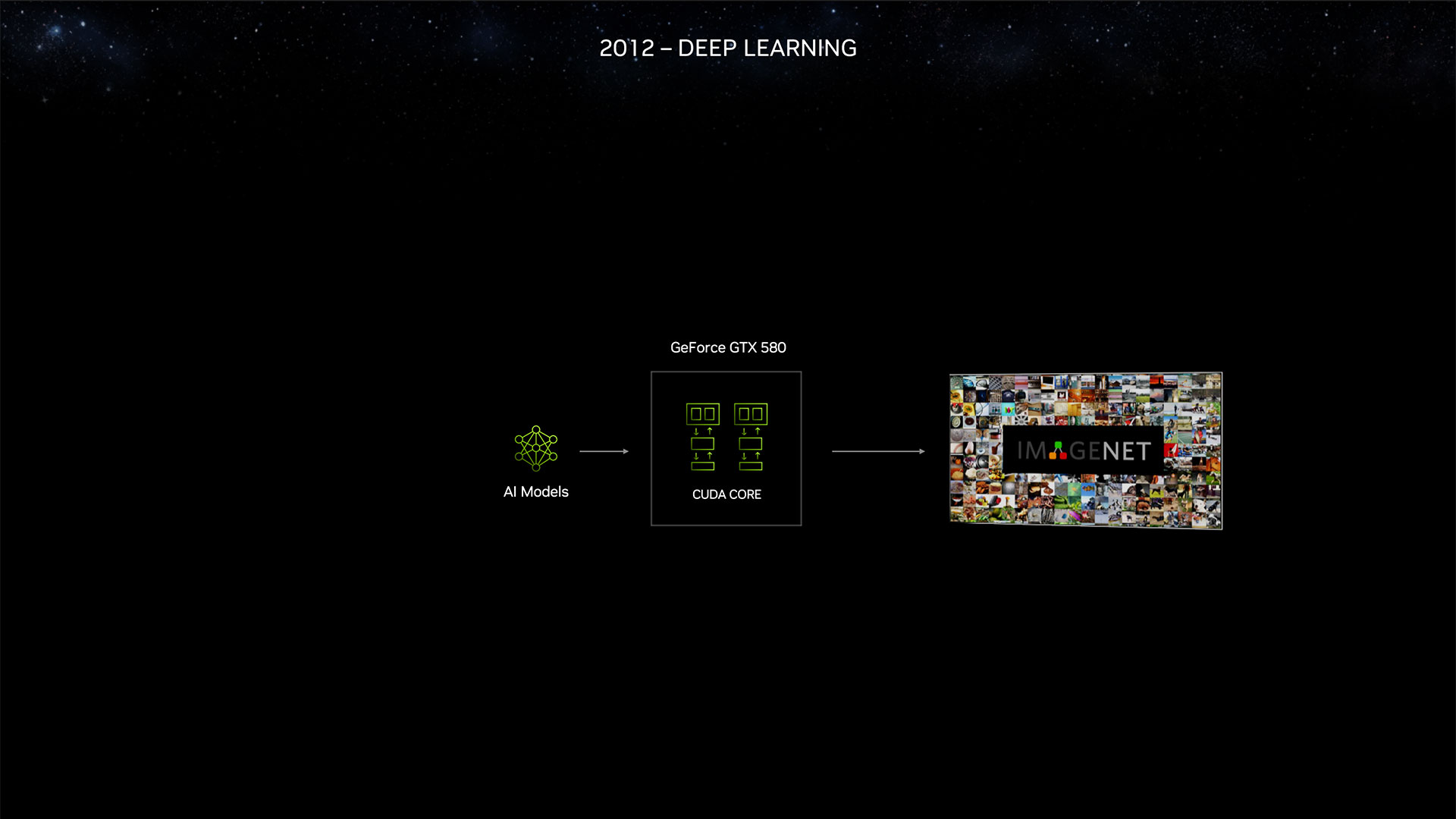
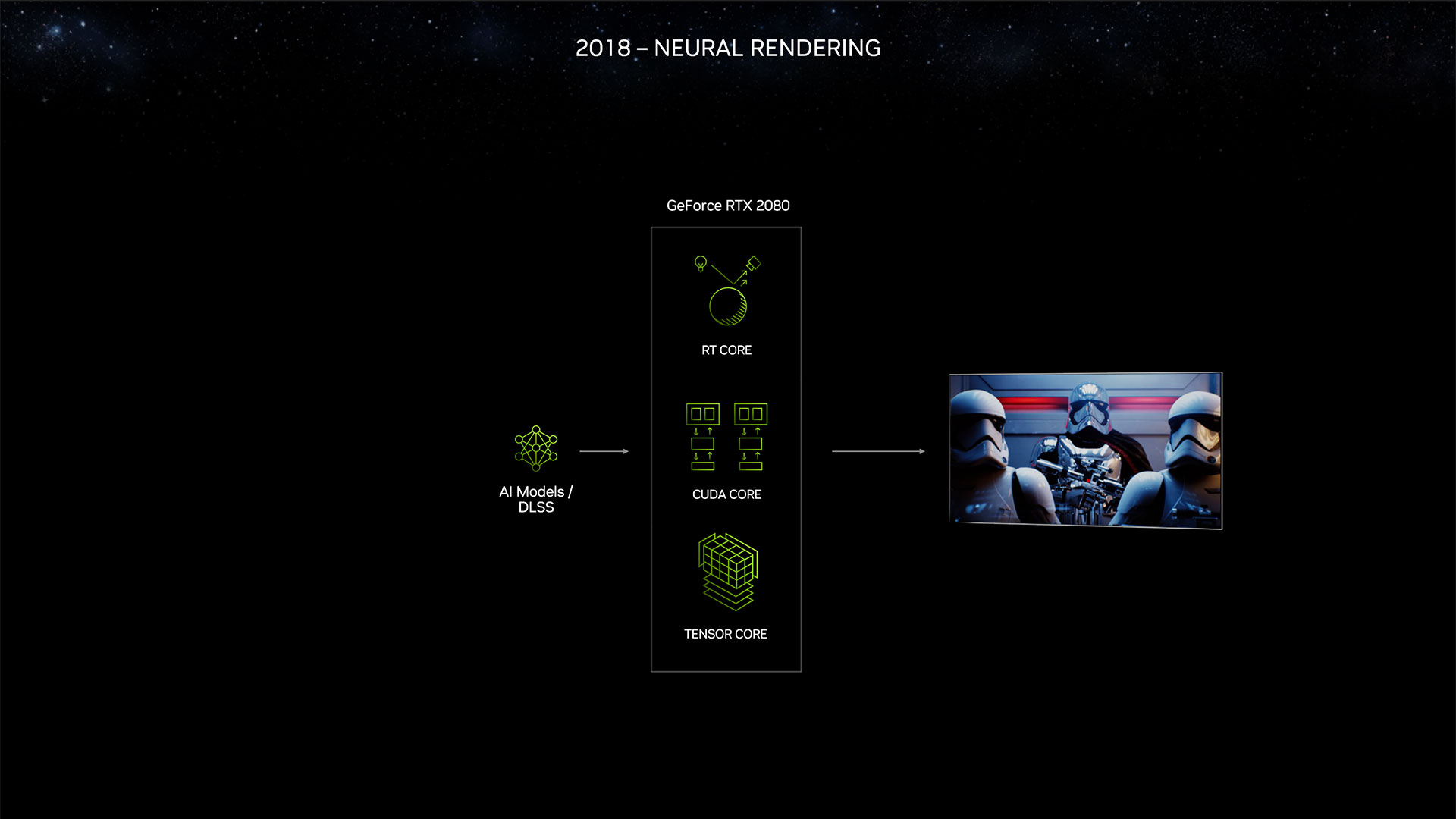

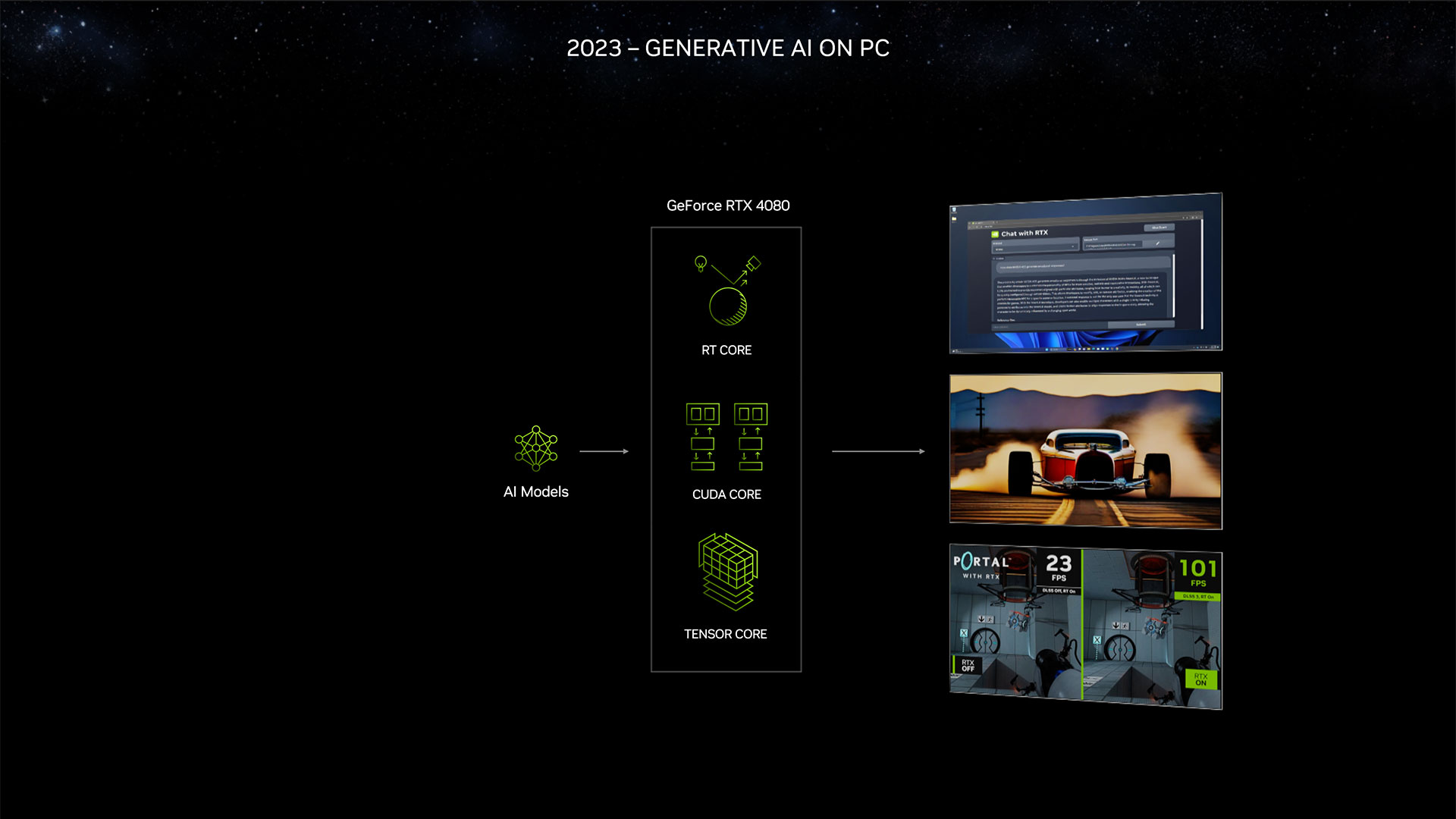
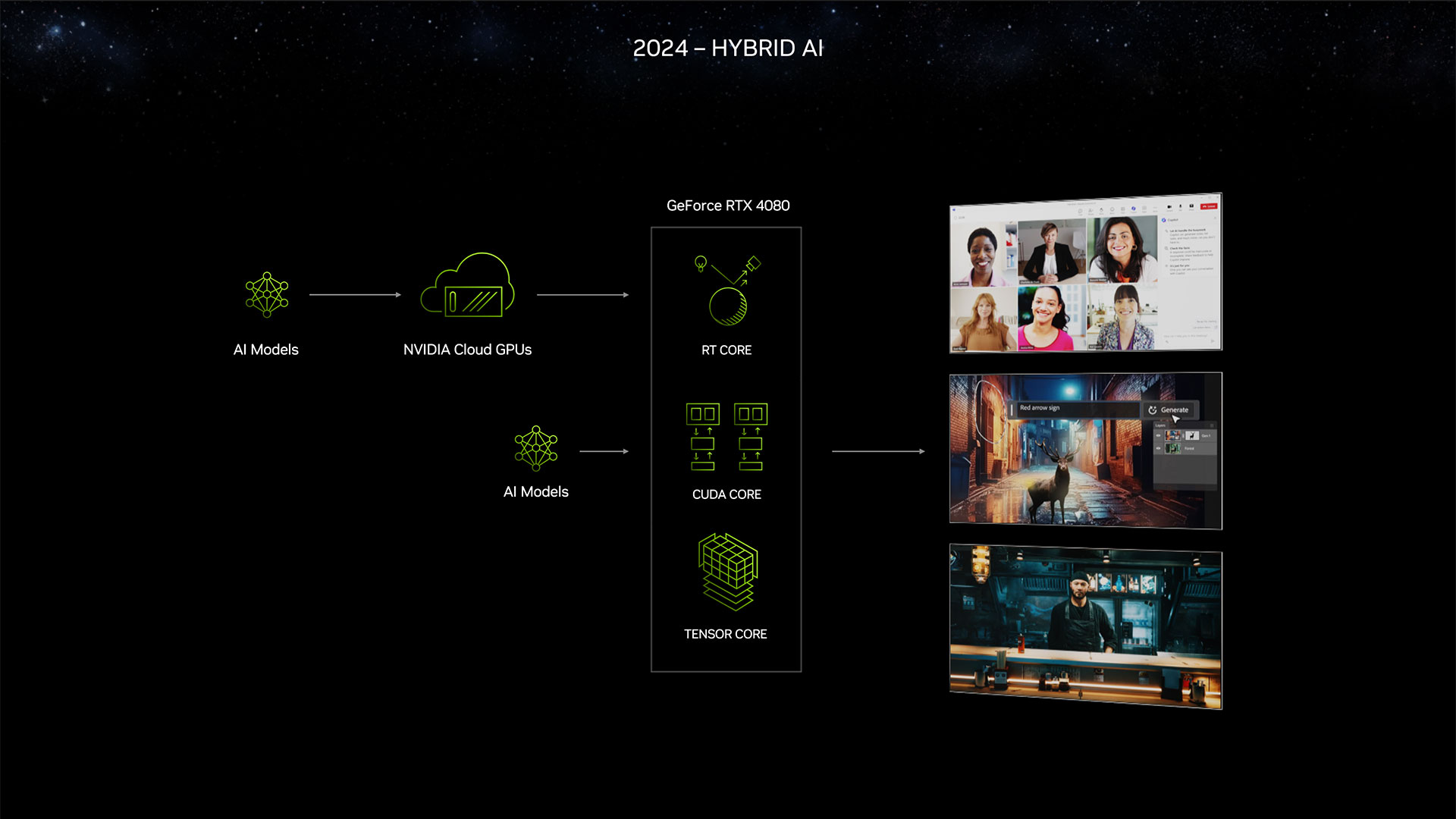
It wouldn't be an Nvidia livestream in our current day without Nvidia banging the AI drum some more. Along with a recap of the history of Nvidia's 'neural rendering' efforts, Nvidia talked about the potential for hybrid AI to power gaming NPCs.
Nvidia ACE (Avatar Cloud Engine) isn't new, as we've seen the demos several times now, but it sounds like the tool is getting far closer to seeing public deployment. This can take various forms, with Nvidia showing an NPC running a noodle shop and responding to the user in various ways.
Nvidia also said third parties are working to offer AI NPCs that come with a backstory, personality, models, and other features. Obviously, it's important to ensure such NPCs don't go "off the rails," and we suspect the first game to try to incorporate such NPCs will discover players can get quite creative. Hopefully the AIs will also clearly differ from one another, rather than ending up with characters that all start to feel the same.
World's fastest 4K OLED: Alienware AW3225QF offers 4K 240 Hz and 0.1 ms response times
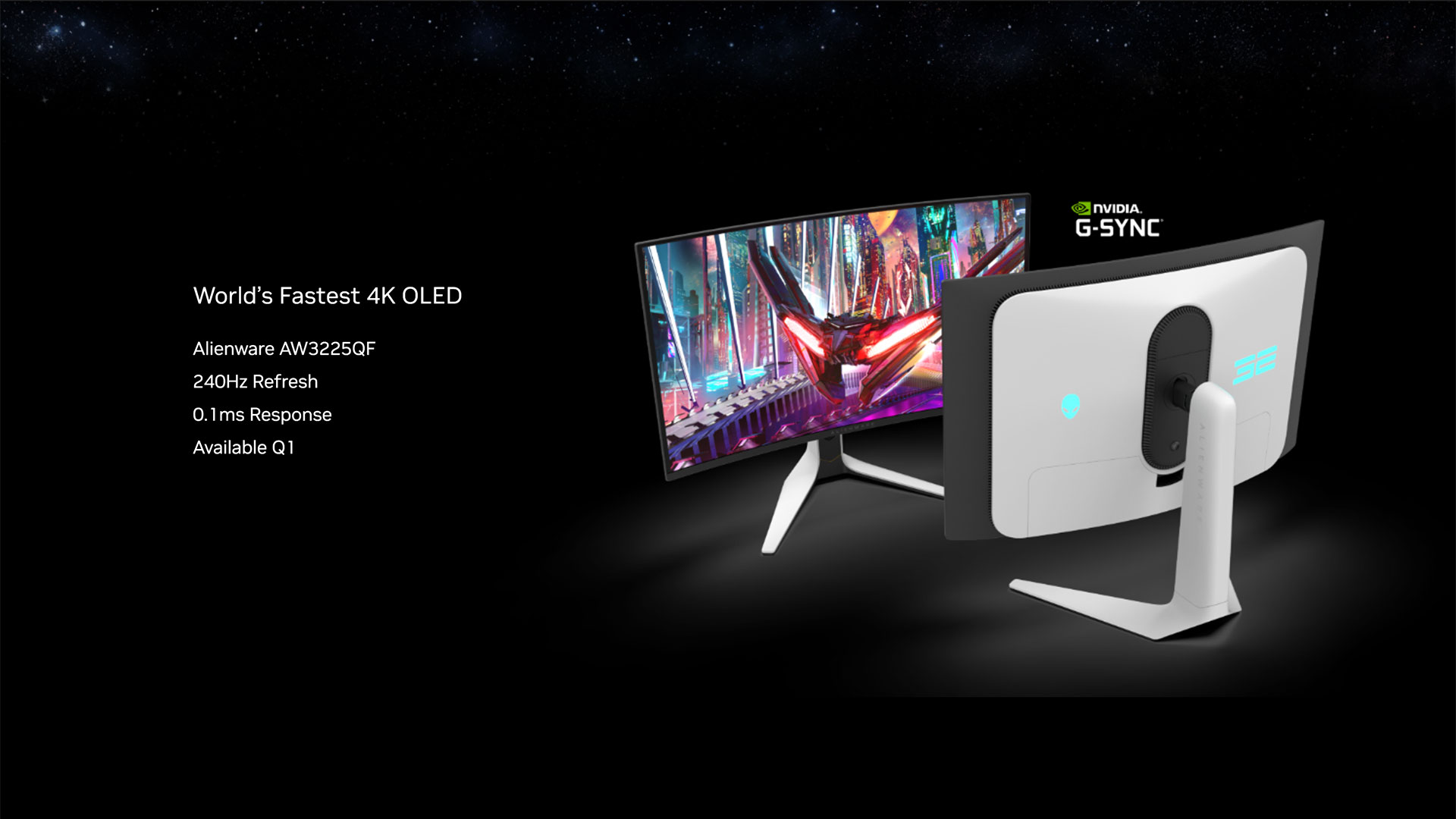

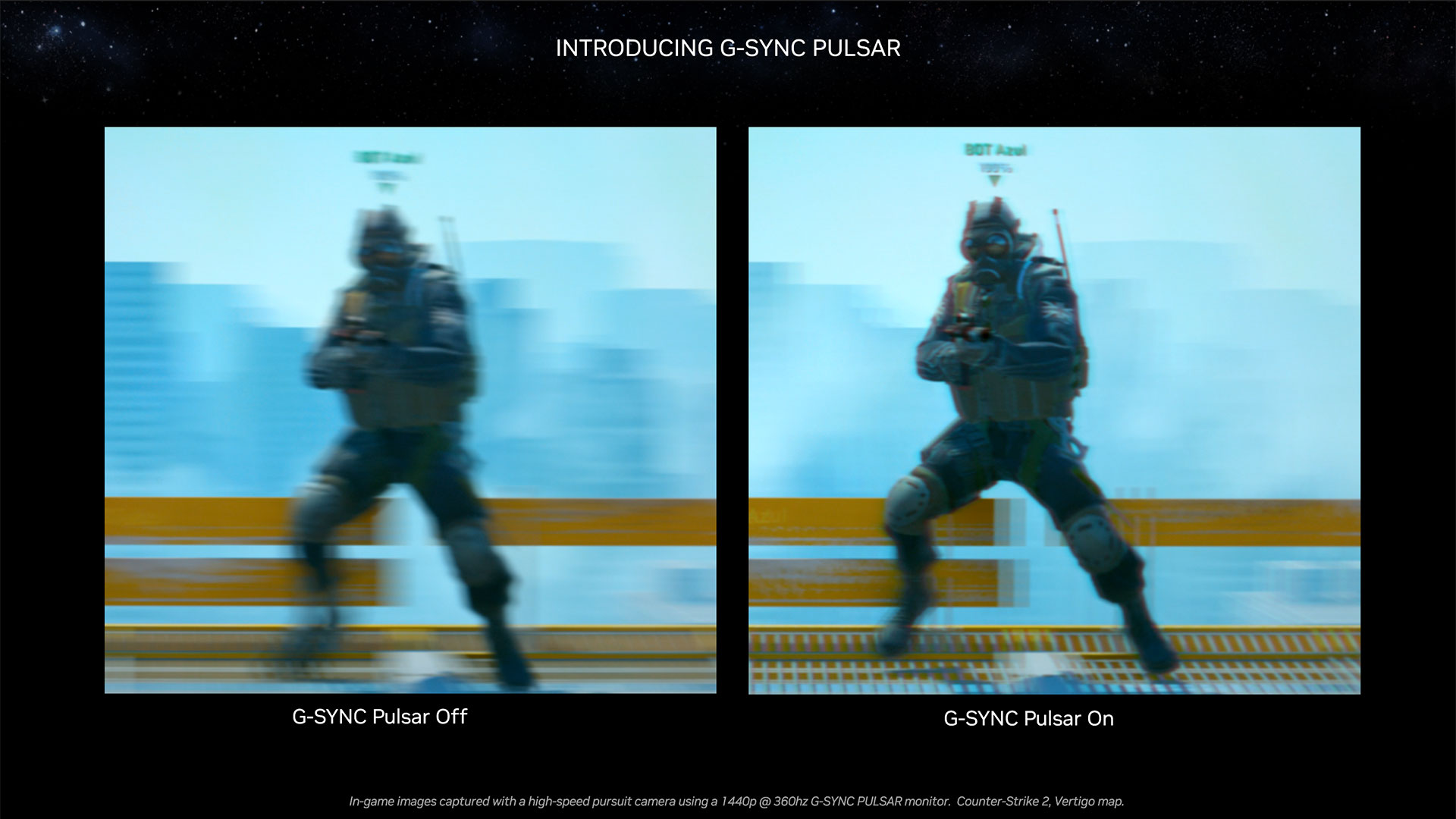
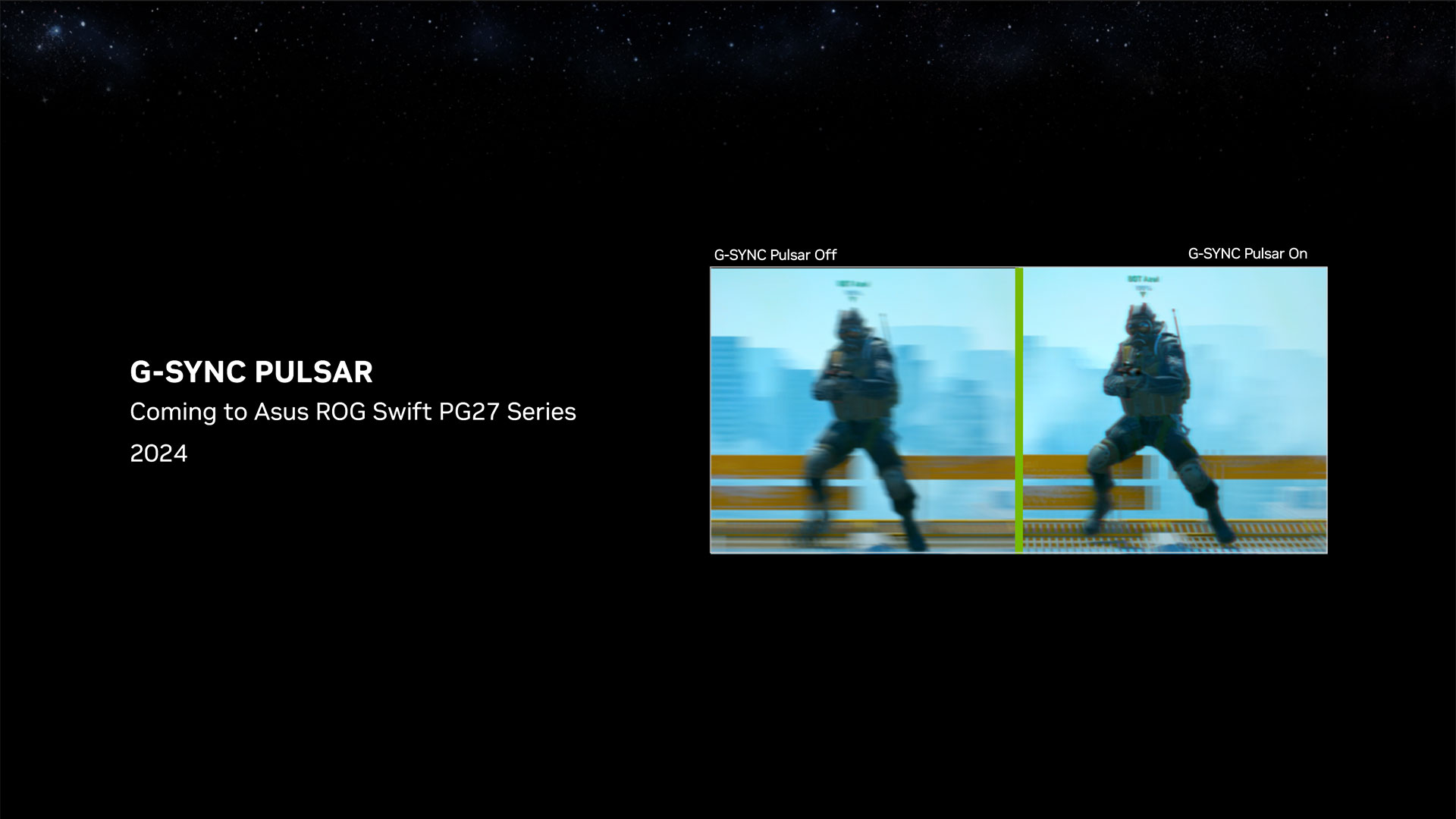
On the monitor front, Nvidia had two items to discuss. First is the Alienware AW3225QF, a 32-inch 4K OLED display with a 240 Hz refresh rate — and G-Sync support, naturally — and a 0.1 ms response time. We'll likely have more to say about that elsewhere, but that's pretty much the holy grail for current gaming monitors, and I don't even want to think about how much it will cost.
Nvidia also talked about some G-Sync updates, highlighting some of the 'innovations' that have come from G-Sync over the years. The latest feature is G-Sync Pulsar, which will offer ULMB (ultra-low motion blur) alongside variable refresh rates. The Asus ROG Swift PG27 series will be the first to support G-Sync Pulsar, due out some time in 2024.
Twitch livestreaming updates: Multiple concurrent streams of different quality
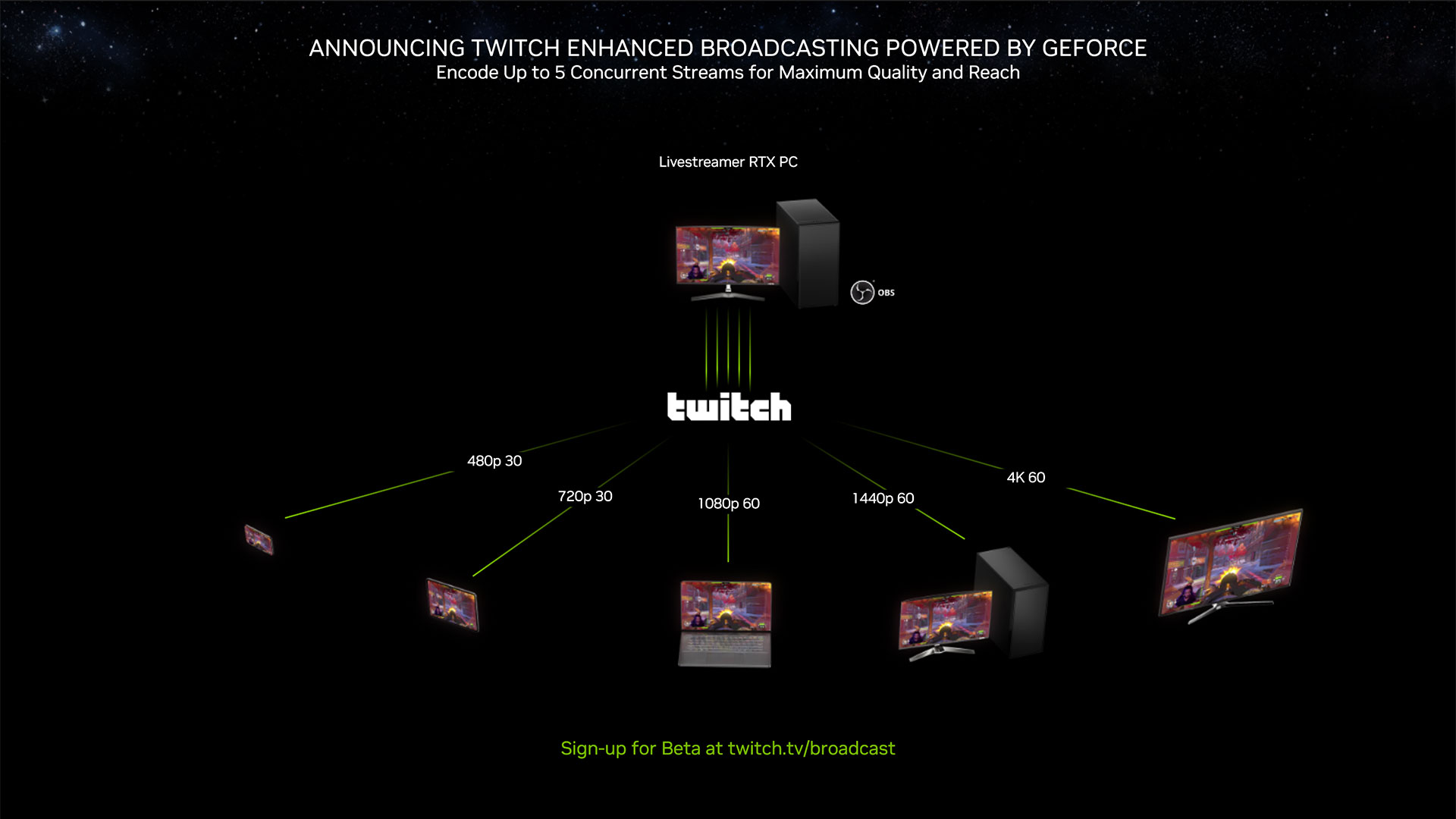
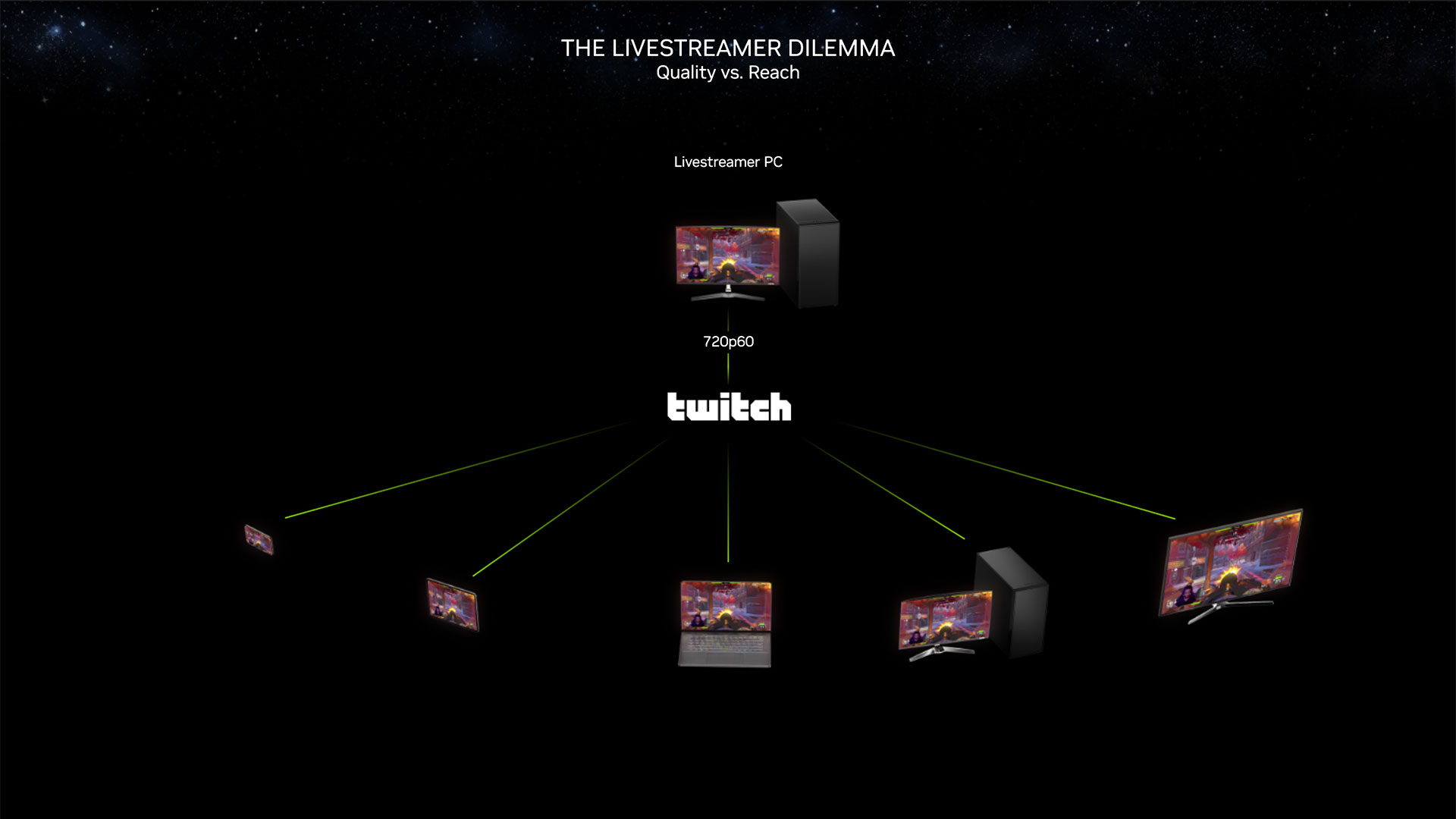
Finally, Nvidia will also be adding enhancements to Twitch livestreaming capabilities. Currently, most Twitch streams (outside of the most popular streamers) have a single resolution and framerate. Because streamers want to cater to the widest possible audience, they'll often opt for a low 720p60 resolution. That works on everything from smartphones and tablets up through high-end desktops... but the higher up the performance ladder you go, the more your audience will want something better.
Nvidia's high-end RTX 40-series GPUs come with improved video encoders, with two dedicated hardware encoders on the AD103 and AD102 models (RTX 4080 and 4090, as well as the upcoming 4080 Super and 4070 Ti Super). It's not clear if this new feature will require an RTX 40-series card, but Nvidia will now support up to five concurrent streams with different resolution and fps values.
This would allow any RTX user to provide optimal resolution and bandwidth options for the whole gamut of devices — upstream bandwidth permitting, naturally. This will enter beta support in the near future.
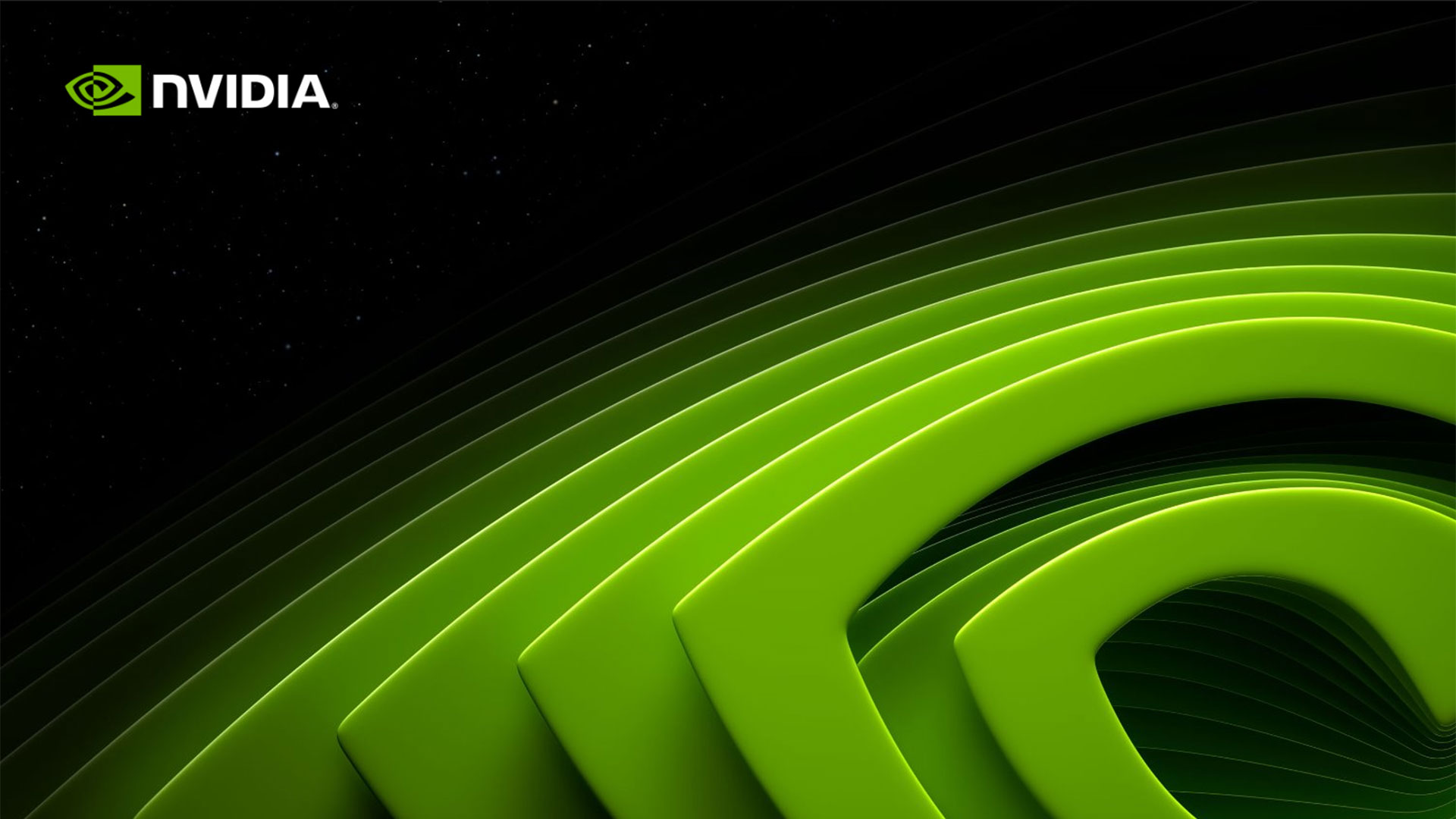
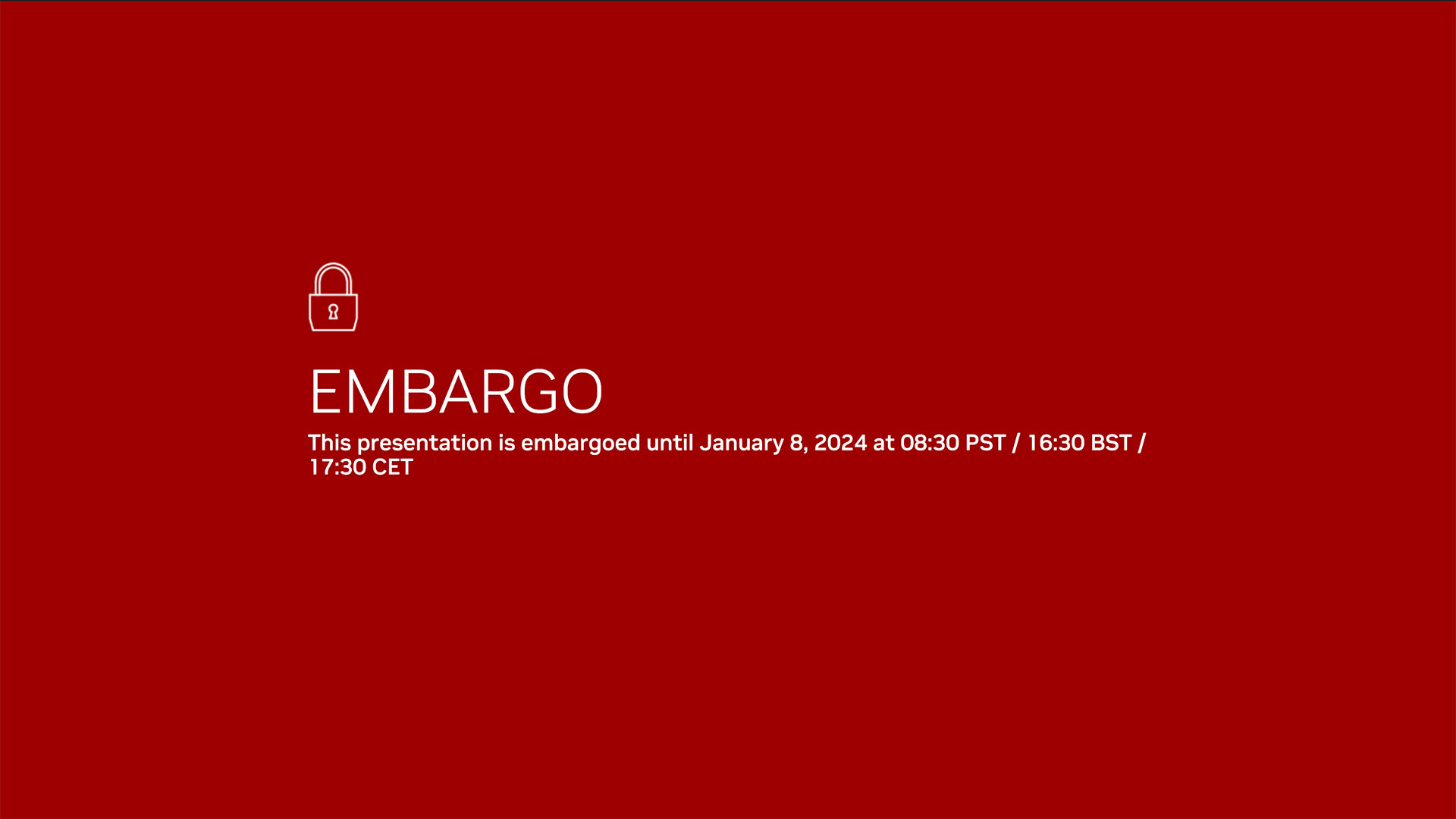
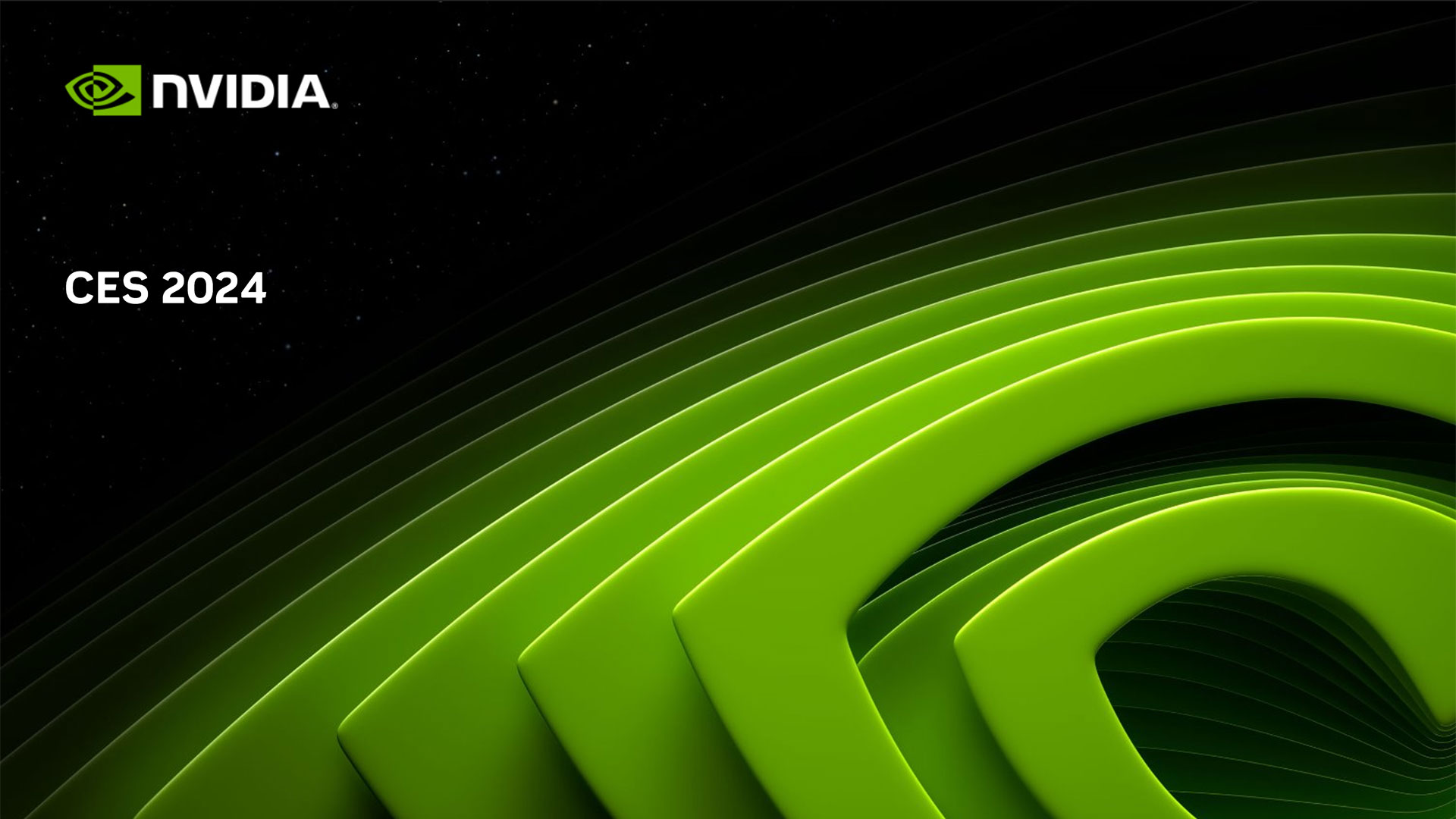














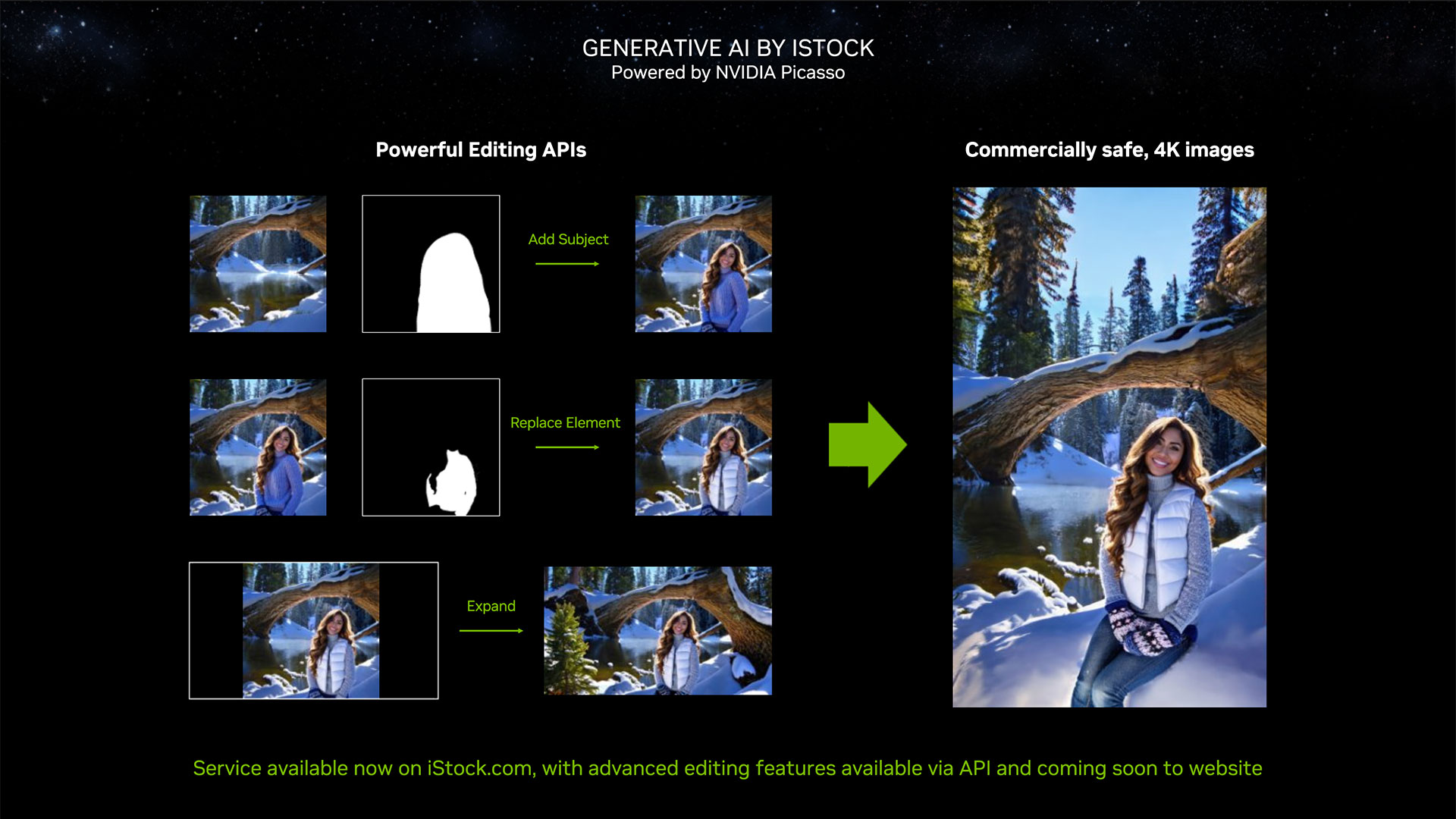


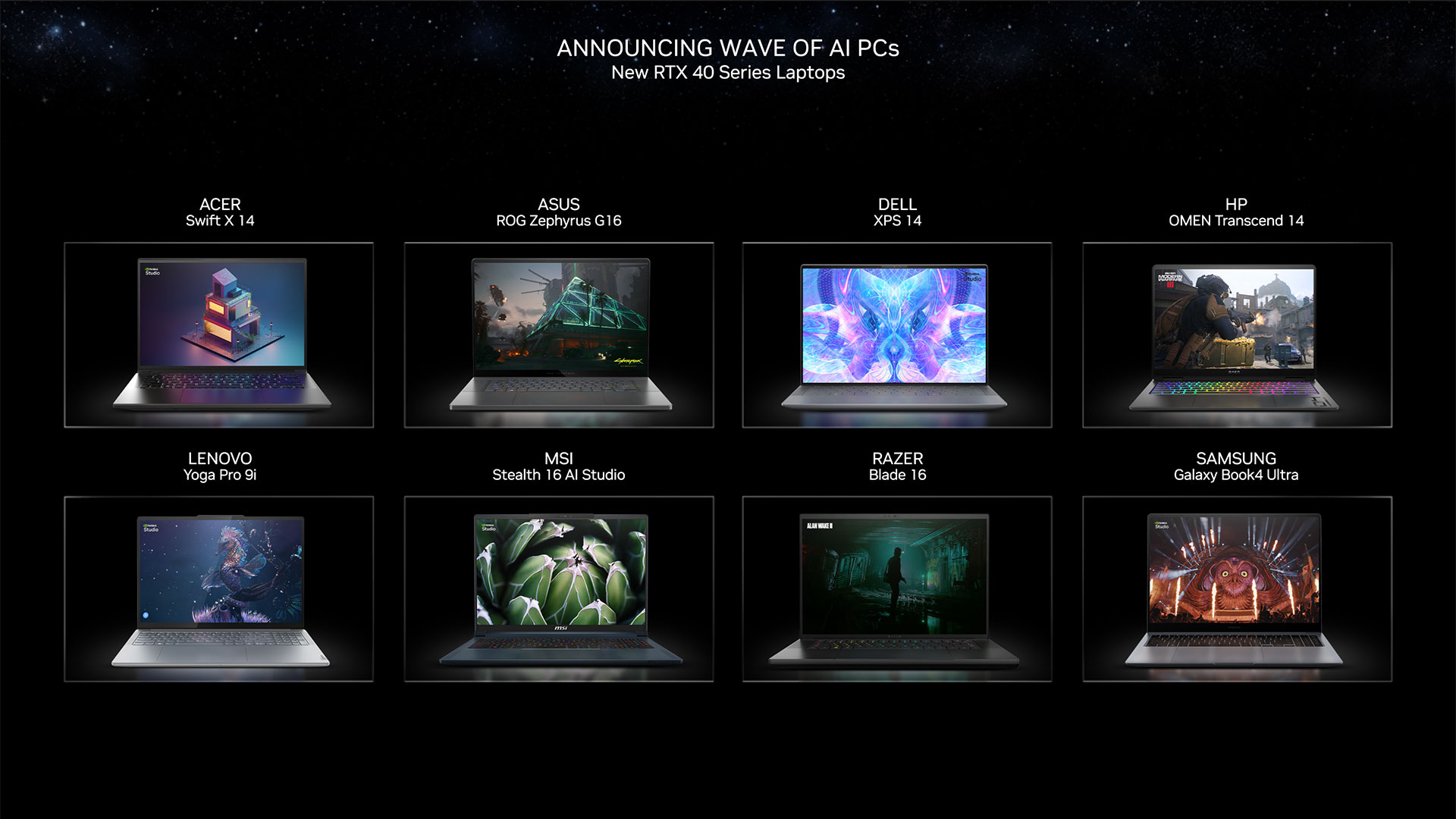
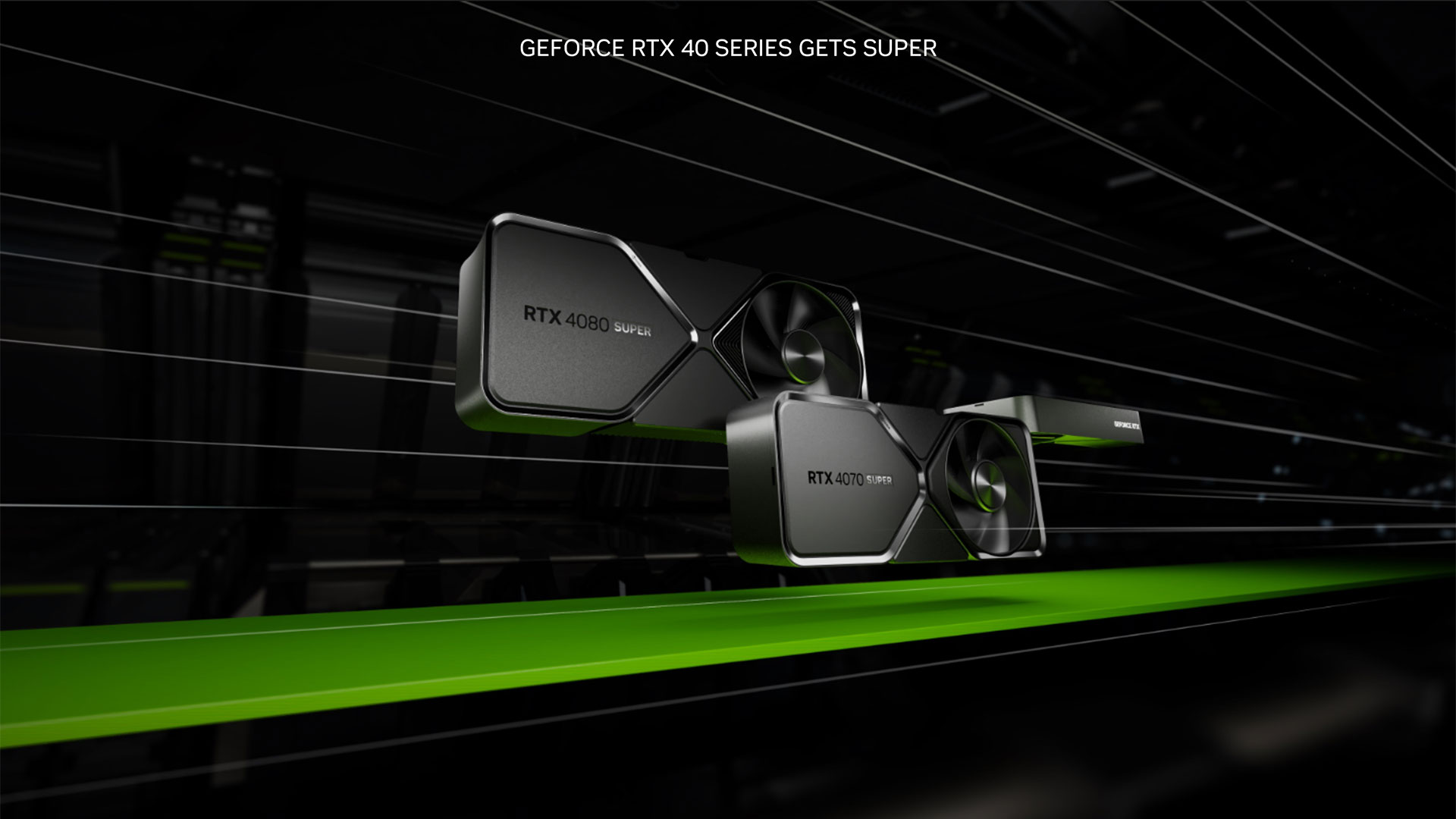
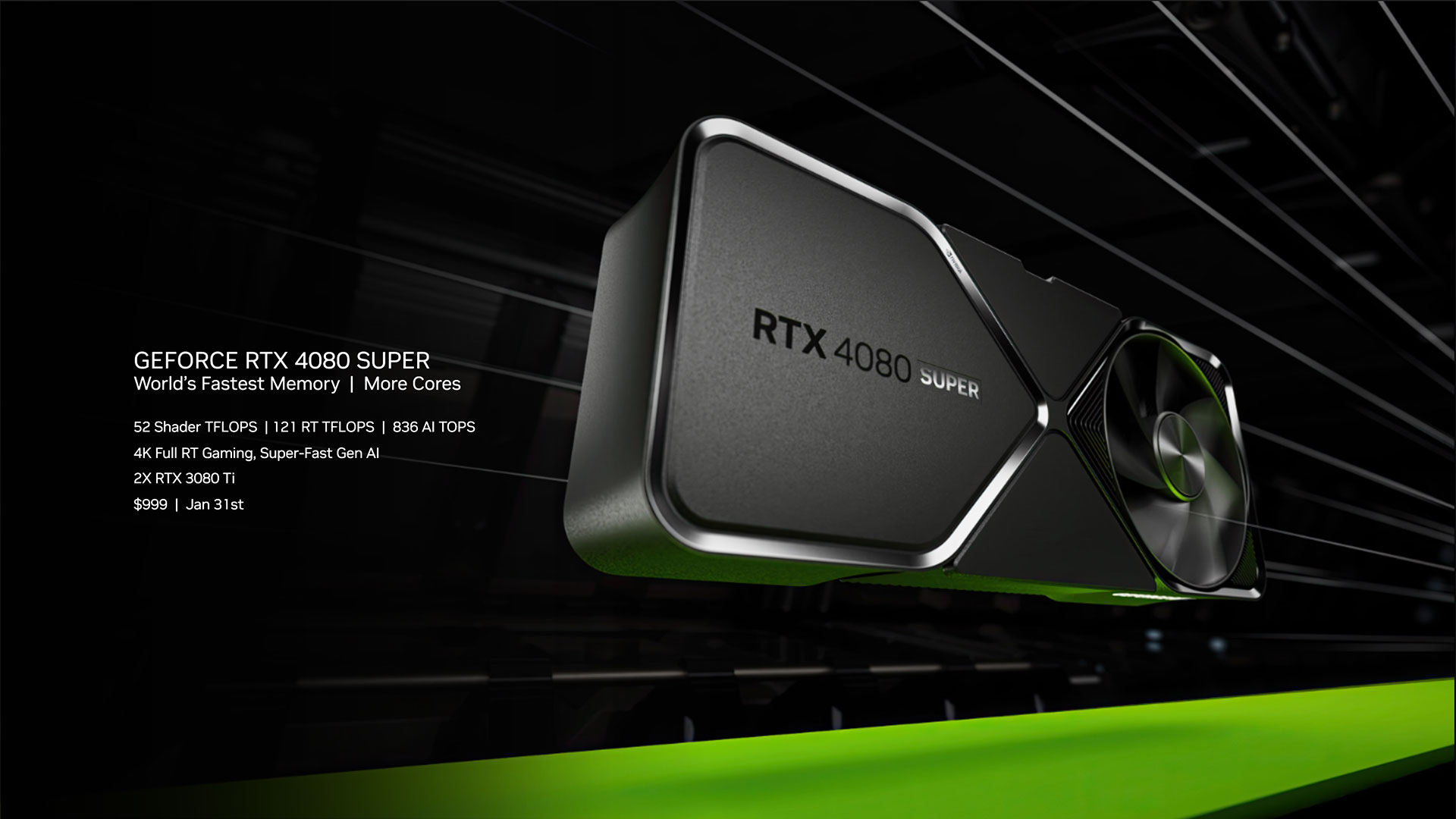

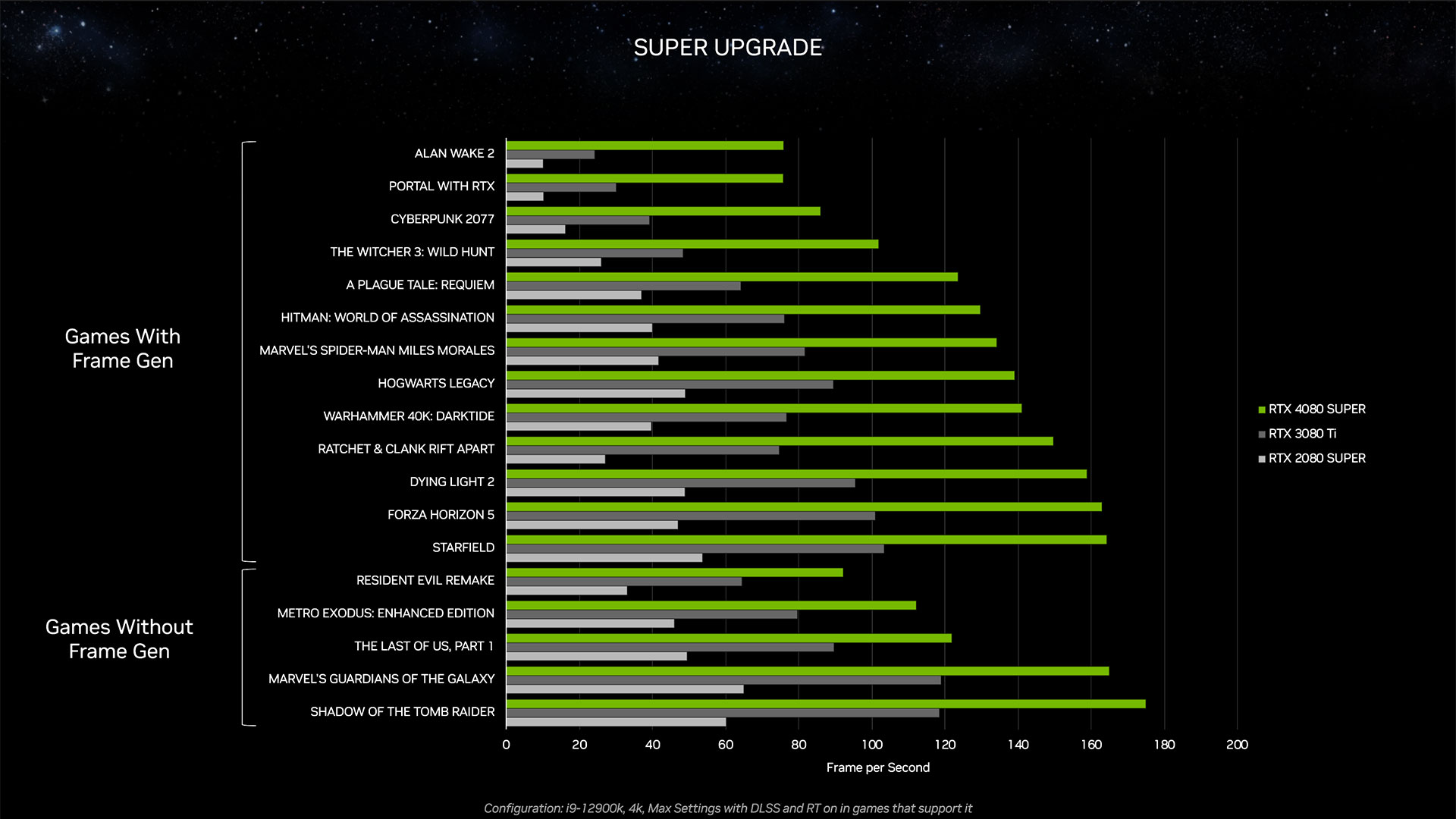
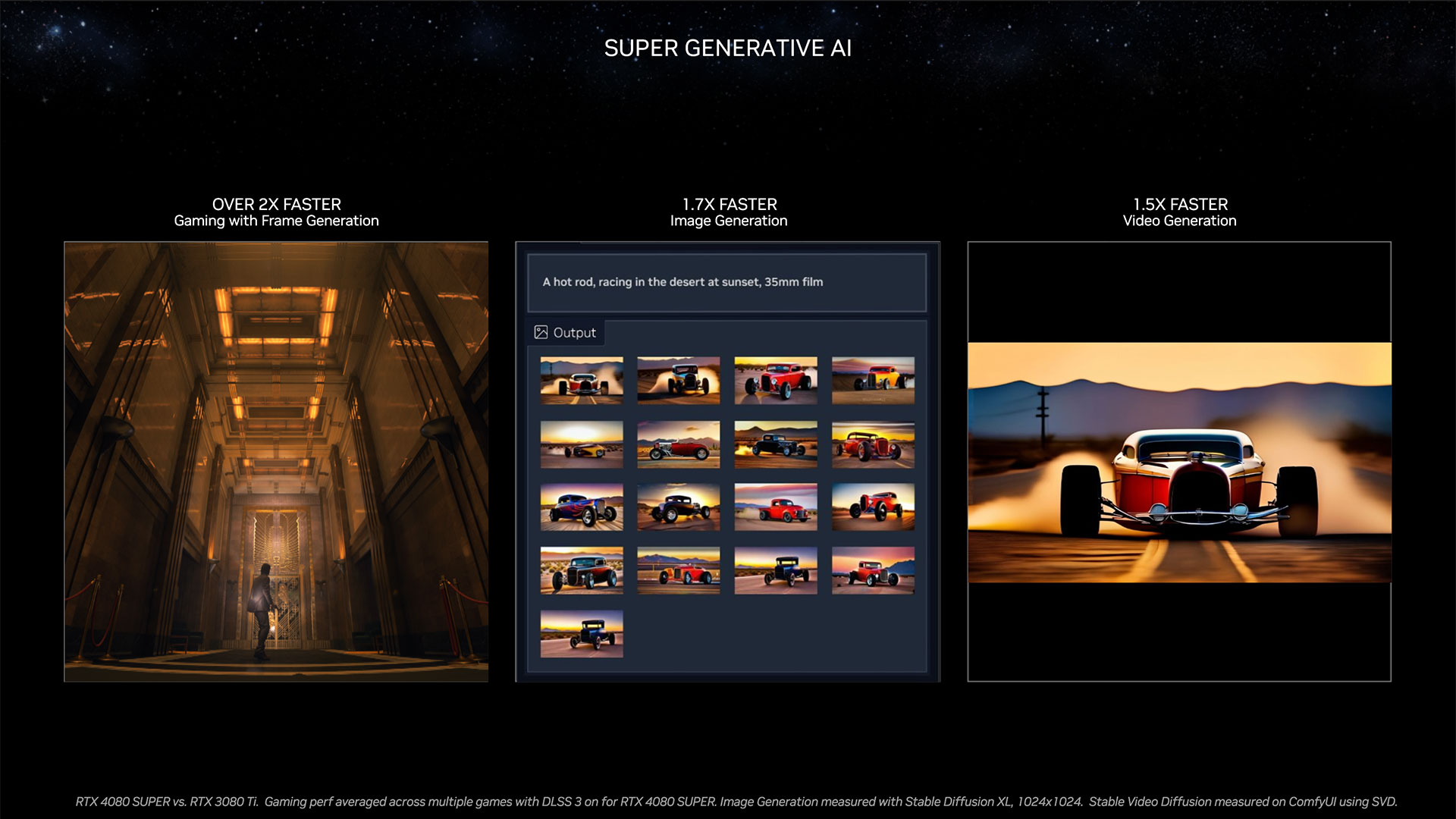
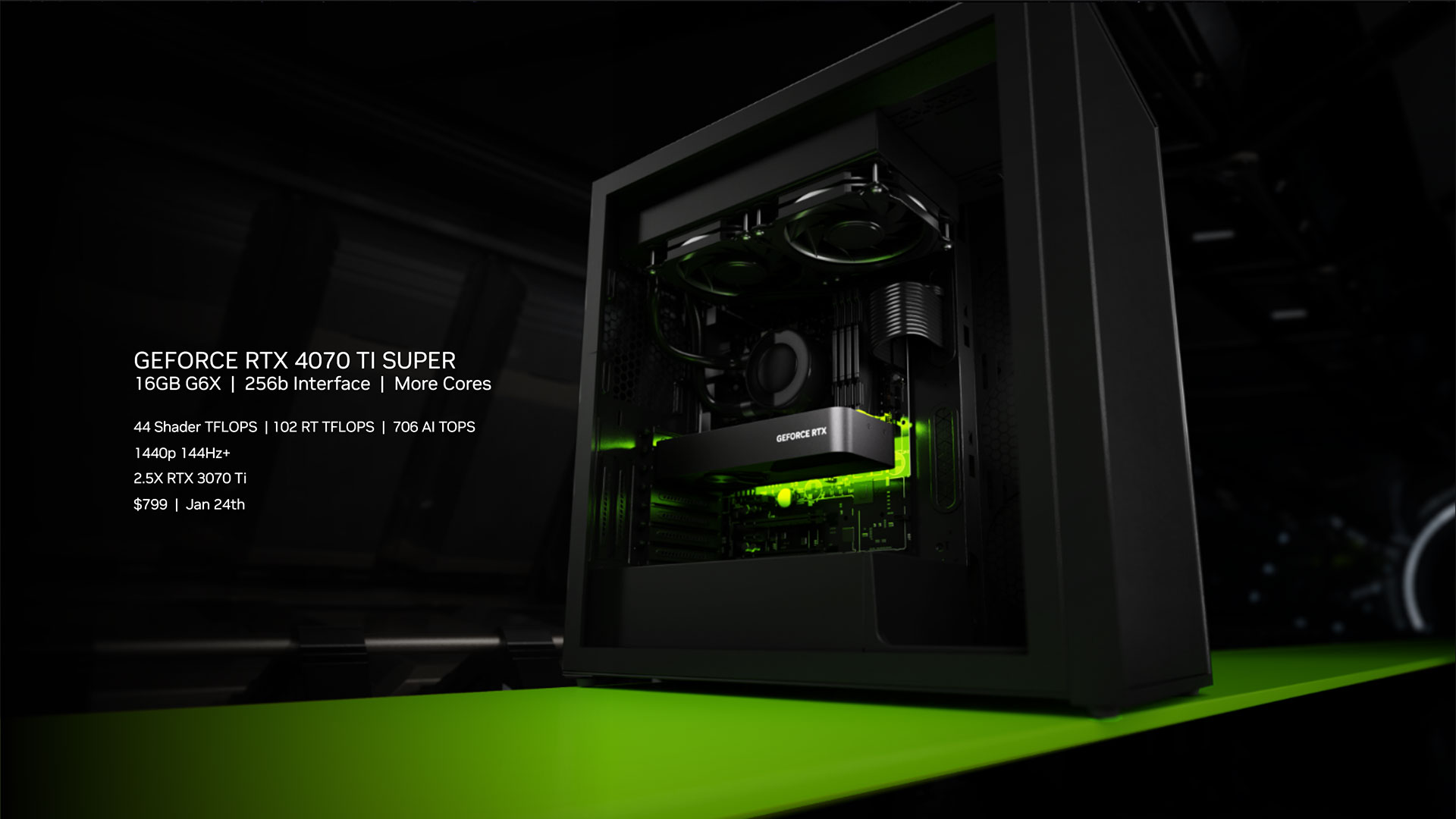

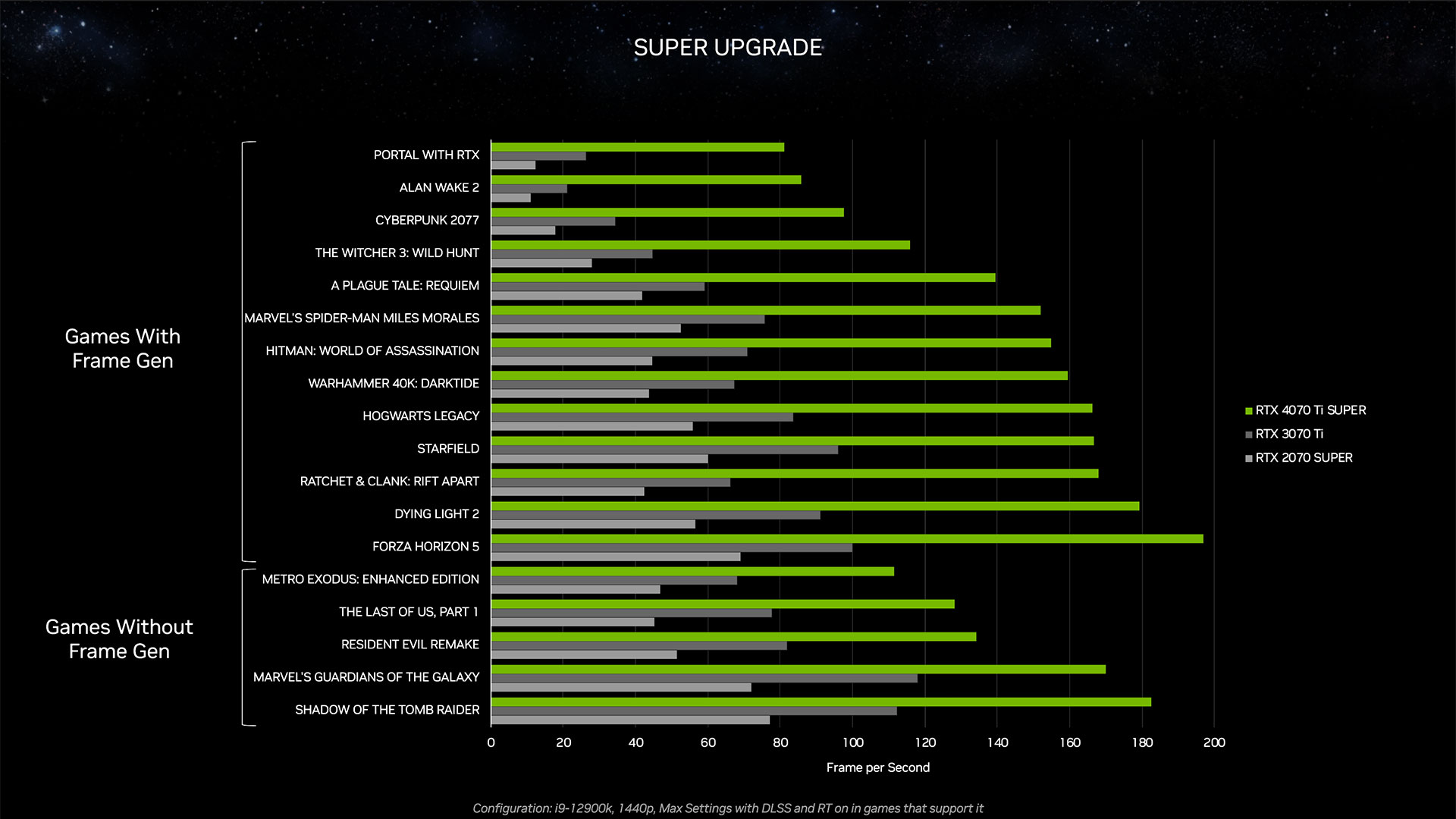
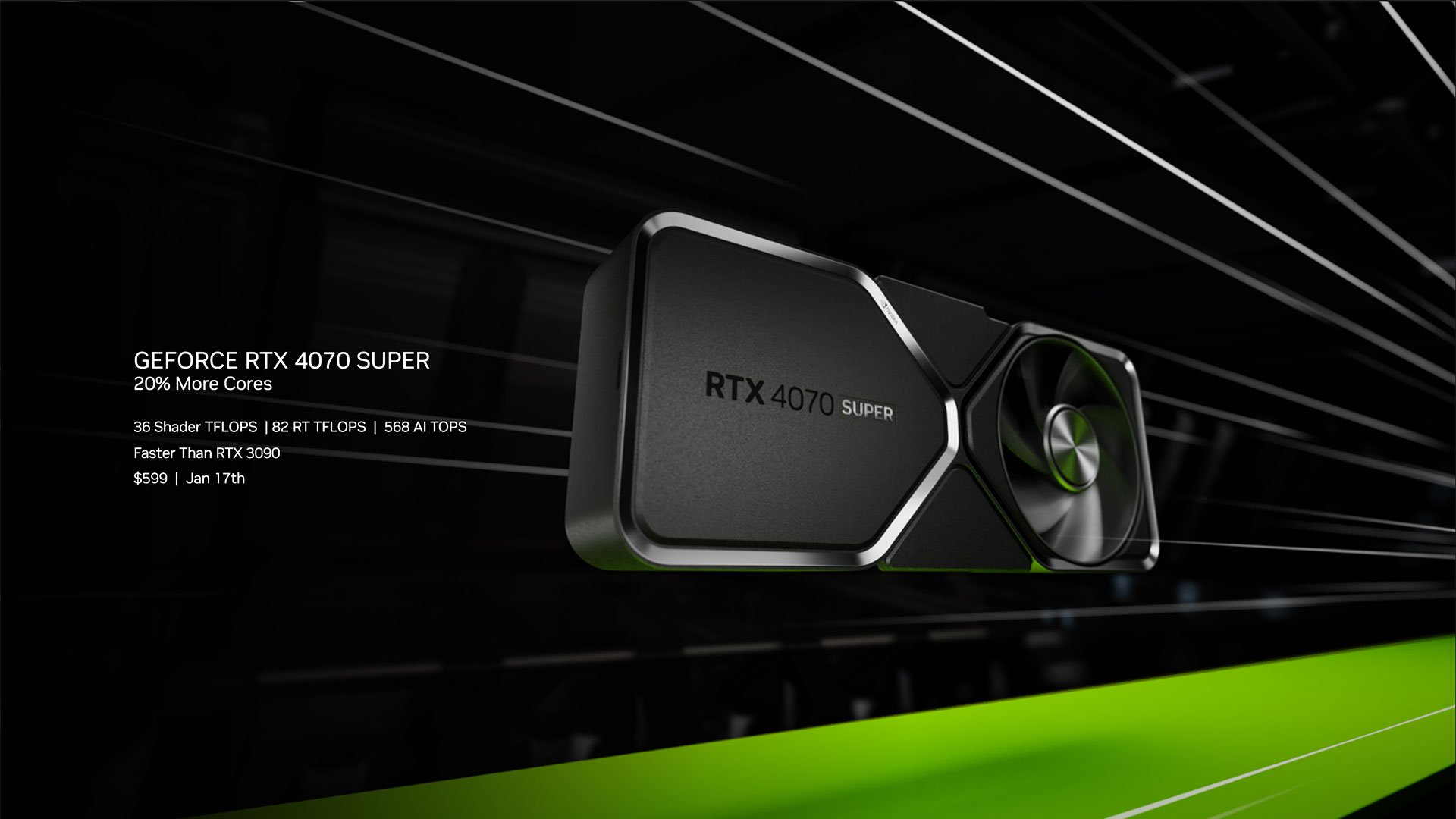

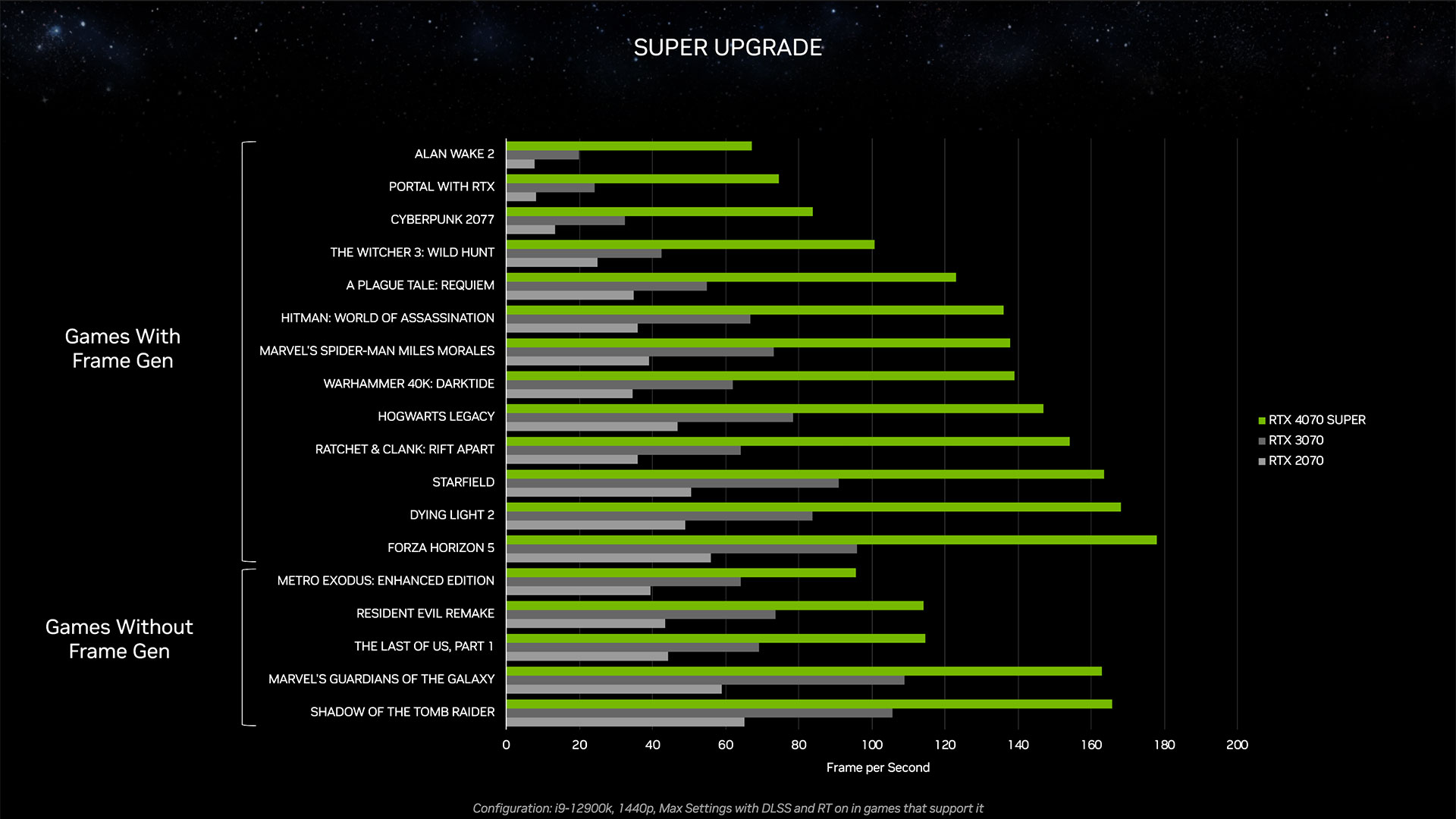

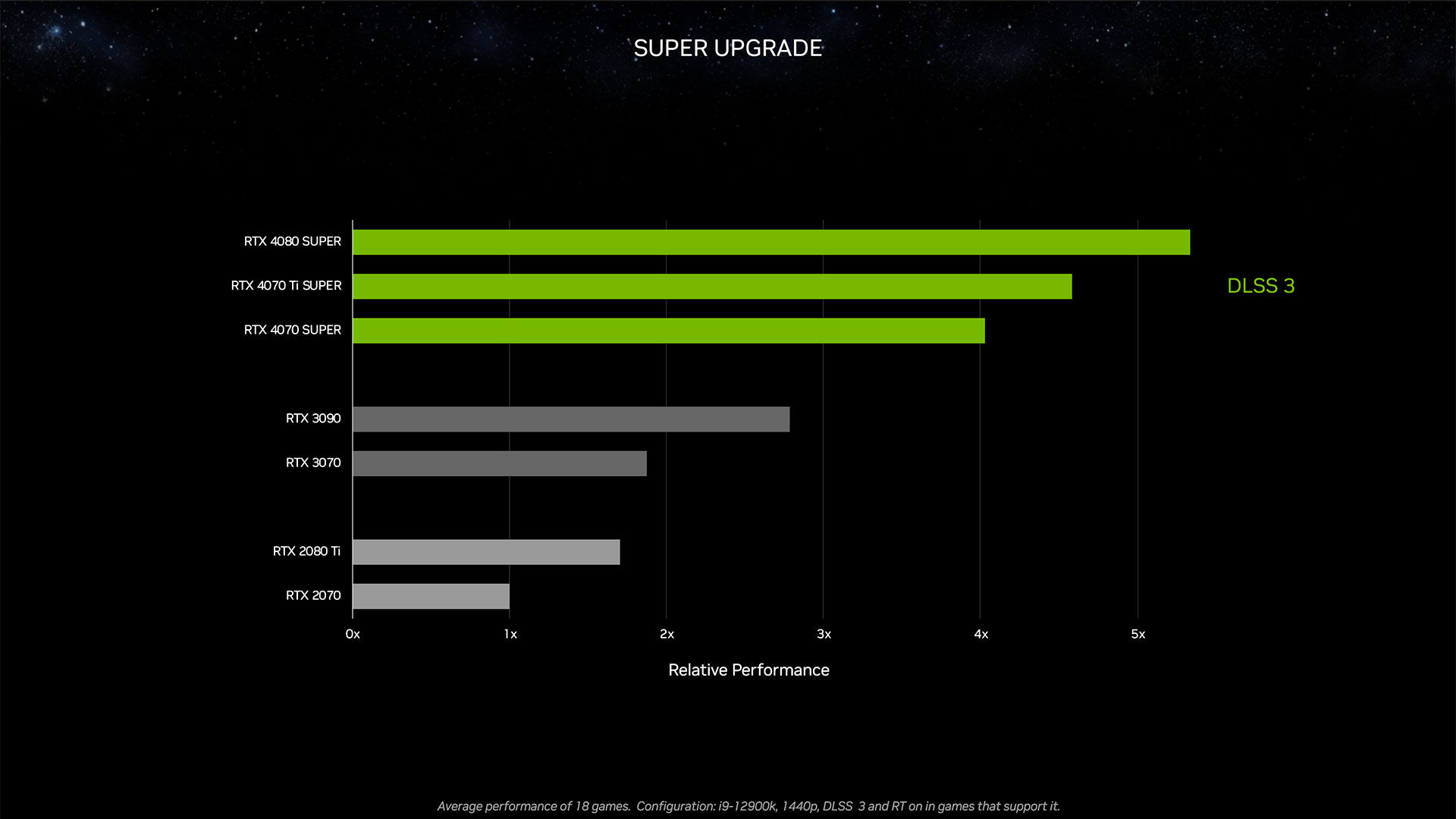
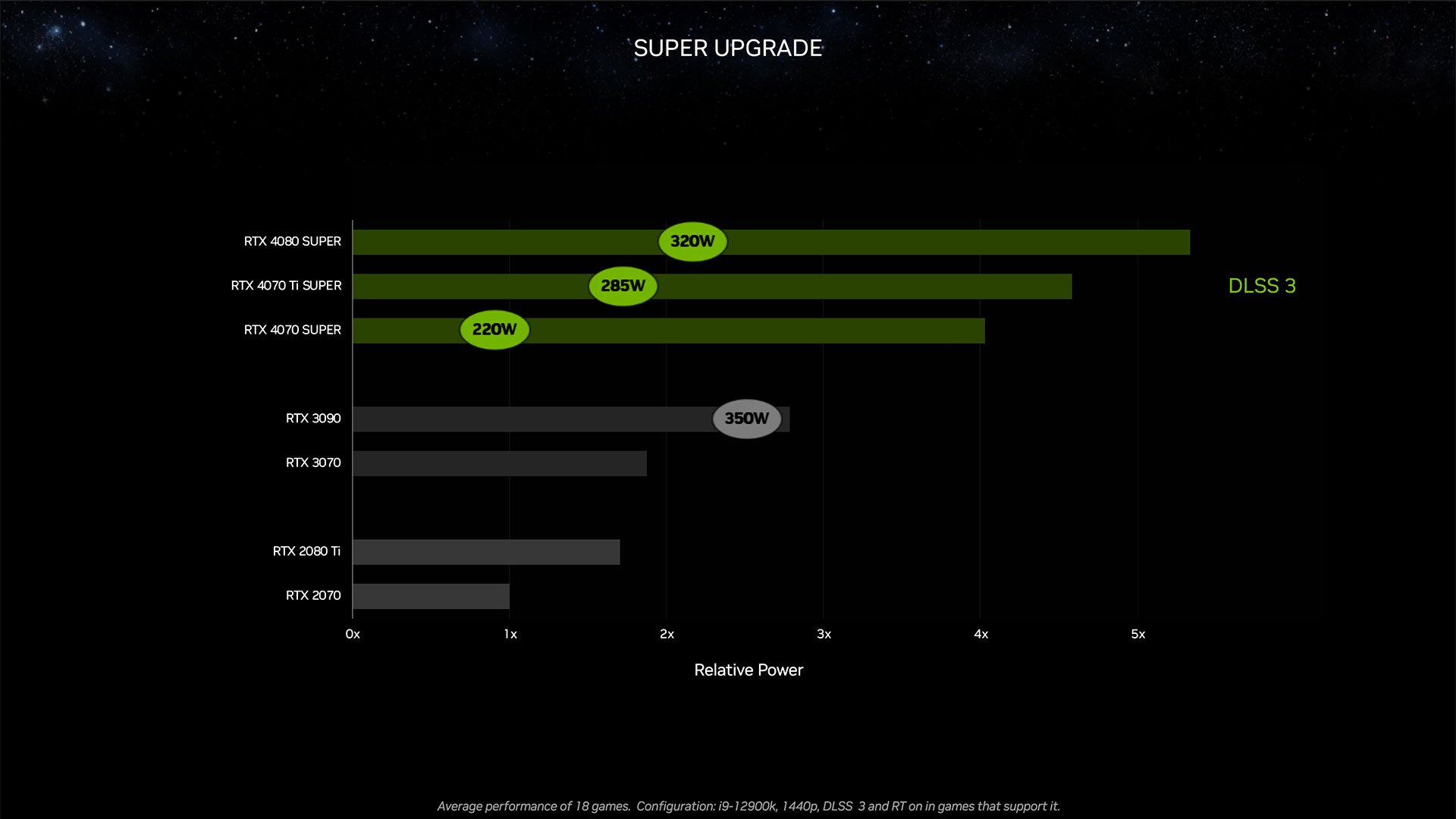
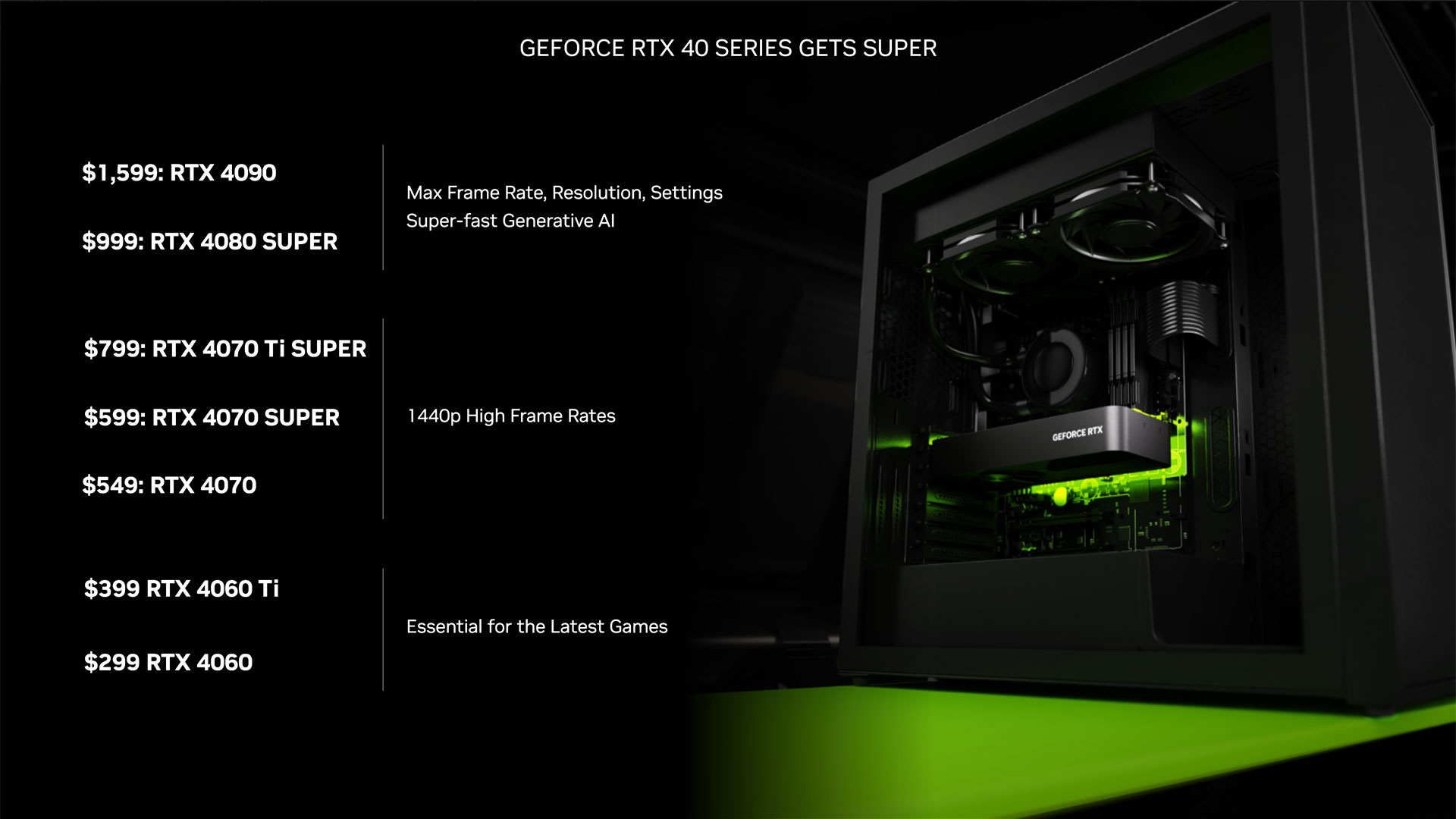




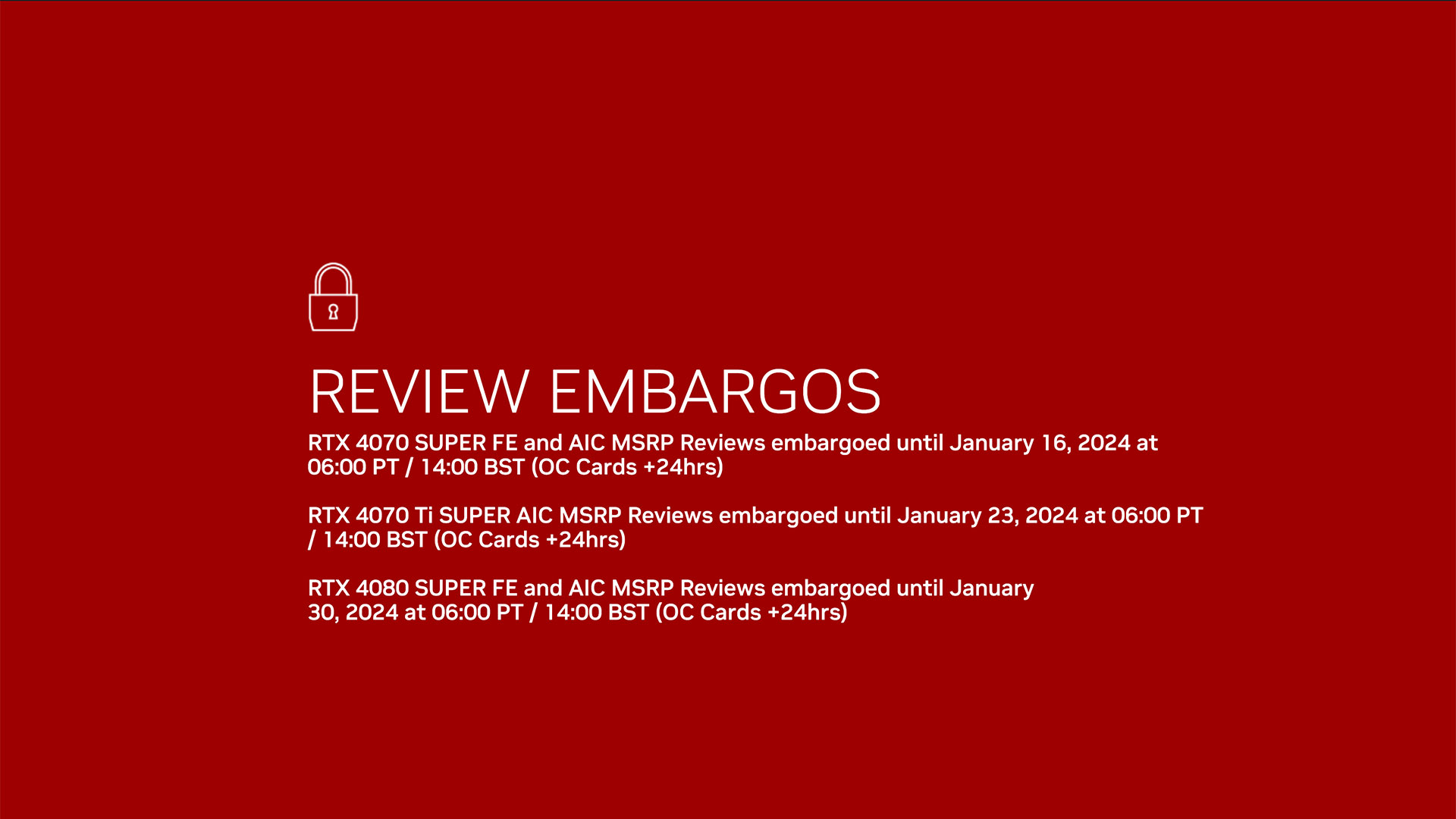

That takes care of all the Nvidia announcements at CES 2024. We've provided the full slide deck above for your reference, which also includes the RTX 40-series Super details.
Get Tom's Hardware's best news and in-depth reviews, straight to your inbox.

Jarred Walton is a senior editor at Tom's Hardware focusing on everything GPU. He has been working as a tech journalist since 2004, writing for AnandTech, Maximum PC, and PC Gamer. From the first S3 Virge '3D decelerators' to today's GPUs, Jarred keeps up with all the latest graphics trends and is the one to ask about game performance.
-
stonecarver Nice wright up Jarred.Reply
As much as I hate pay to play services there are lot of pluses with the service.
RTX 4080 going for $1,300.00 to 1,700.00 and were expected to get a new card every 2 years or so.
Every 24 months $2,600. to $3,400.00 to keep doing the GPU bunny hop to stay current.
At $99.00 per every 6 months = $400.00 for the service that same 24 months.
More games than you have time to even play.
And get to mess with there RTX GPU's that are out of price range for lots of us out there.
My kids have something like this on the PS5 and there service. -
Giroro " Because streamers want to cater to the widest possible audience, they'll often opt for a low 720p60 resolution. "Reply
My understanding is that 720p60 isn't about reaching a wider audience, as the streamer is likely going to max out their bitrate regardless of resolution. I think 720p is used due to a lower impact to the encoding PC, as well as the belief that 720p60 looks the same or better than 1080p60 at Twitch's low 6mbps maximum bitrates compared to YouTube letting you send them >50mbps.
As for why the 5 concurrent stream thing is Nvidia news, I'm unsure. The 2 encoders bit isn't news, and I thought Nvidia lifted their (easily bypassed) Encoding session restriction to 5, like, a year ago. As far as I know, their competitors are still unlimited (but AMD's encoding quality is still lacking).
I guess the new thing is that Twitch will let you send them multiple streams at once? I feel like it should be cheaper for Twitch to just transcode down the higher quality stream compared to putting that burden on it's employees/users and buying all that extra bandwidth. Does the bandwidth going toward lower quality streams get deducted from what you can put toward your regular stream? YouTube goes with the transcode option, at least.
Also, did Twitch massively raise their bandwidth cap for users? Because if not, that "4k60" option on the slide that goes with this is a complete laugh. Because 4k60 at 6000kbps? Come on, are they even letting people try that? If so, why? -
Alvar "Miles" Udell This doesn't make any sense. If it were, say, $6-10 a week for the Priority Tier it would be perfect for when you went on a trip (assuming the WiFi was decent), but $5 for a day doesn't make sense no matter how you slice it except for creating a product to make the more expensive product look cheaper.Reply